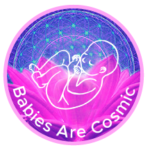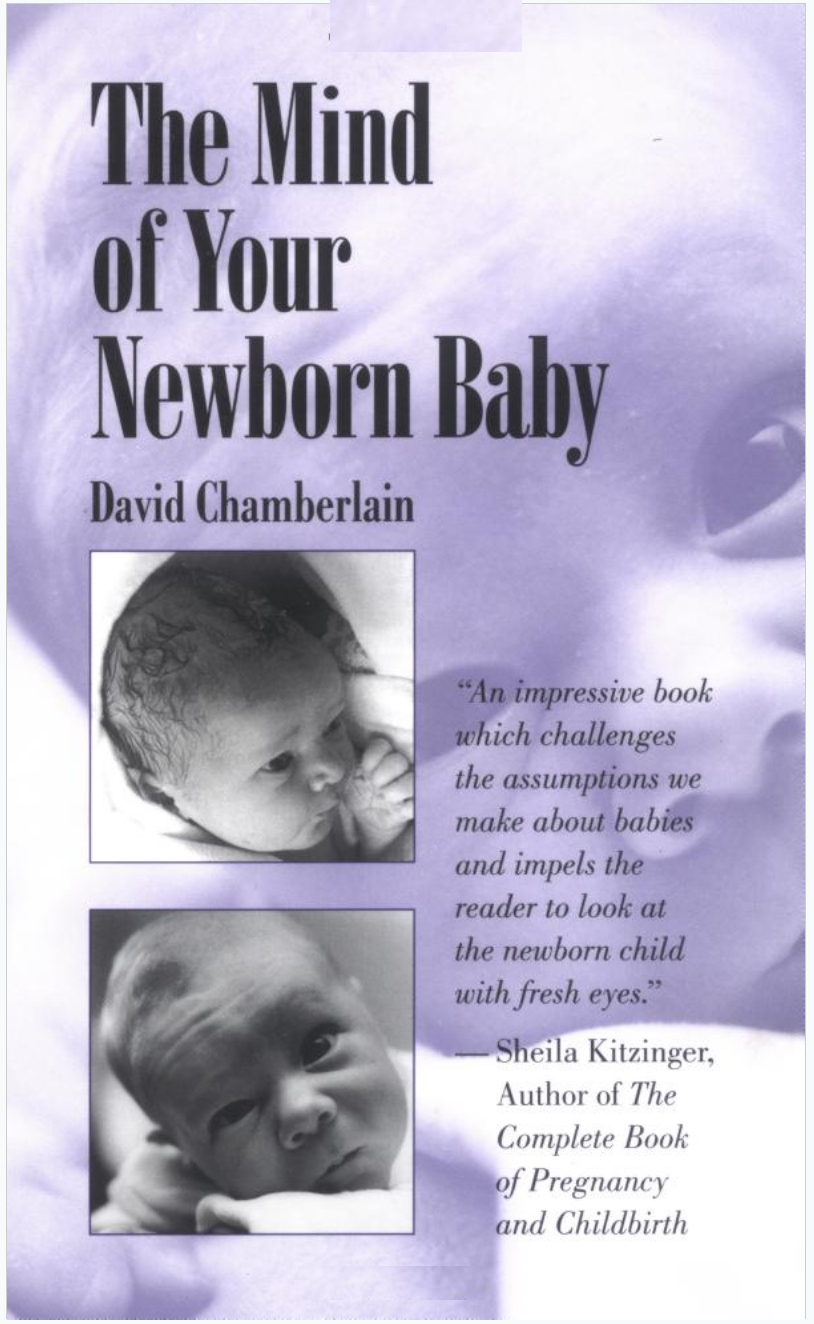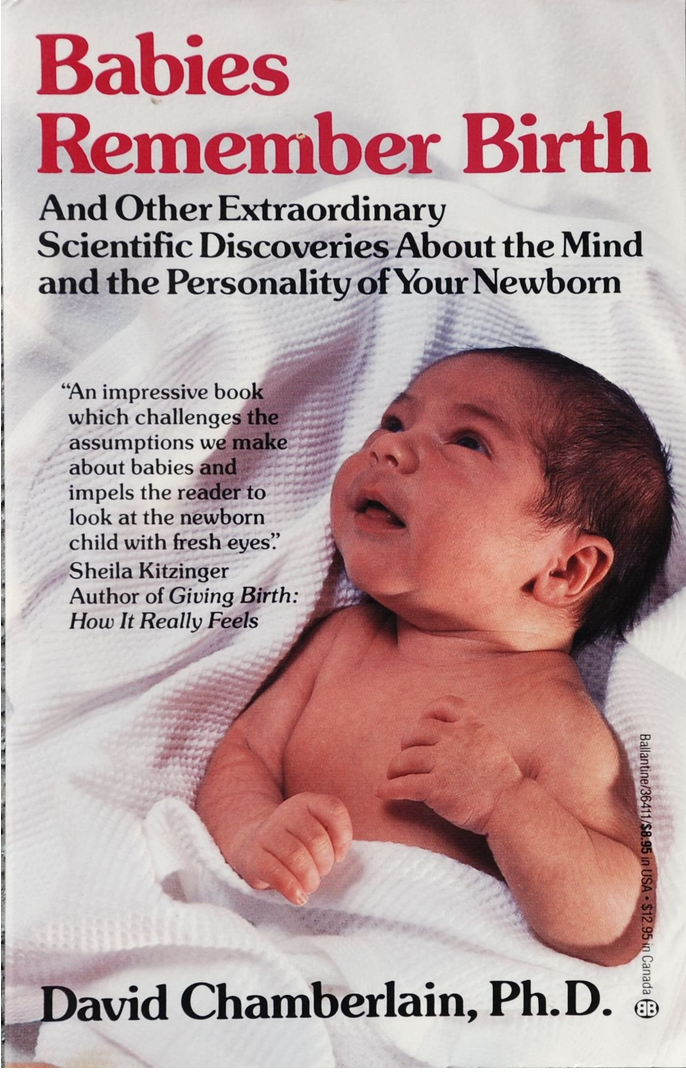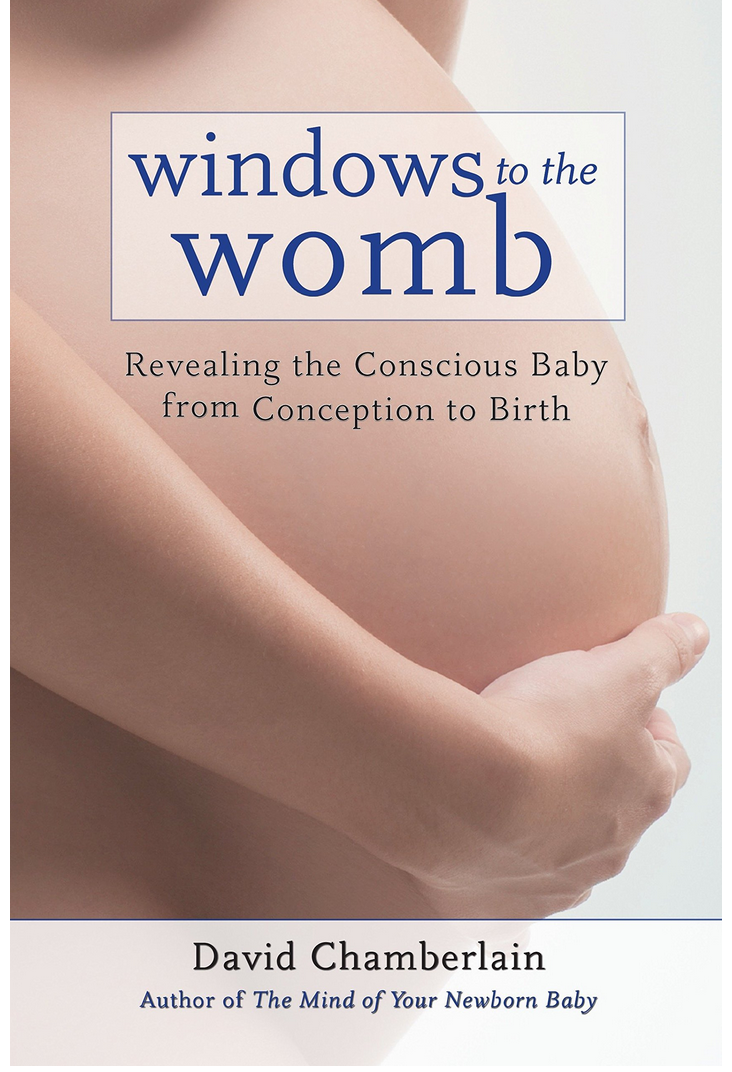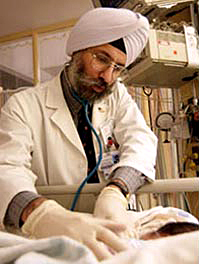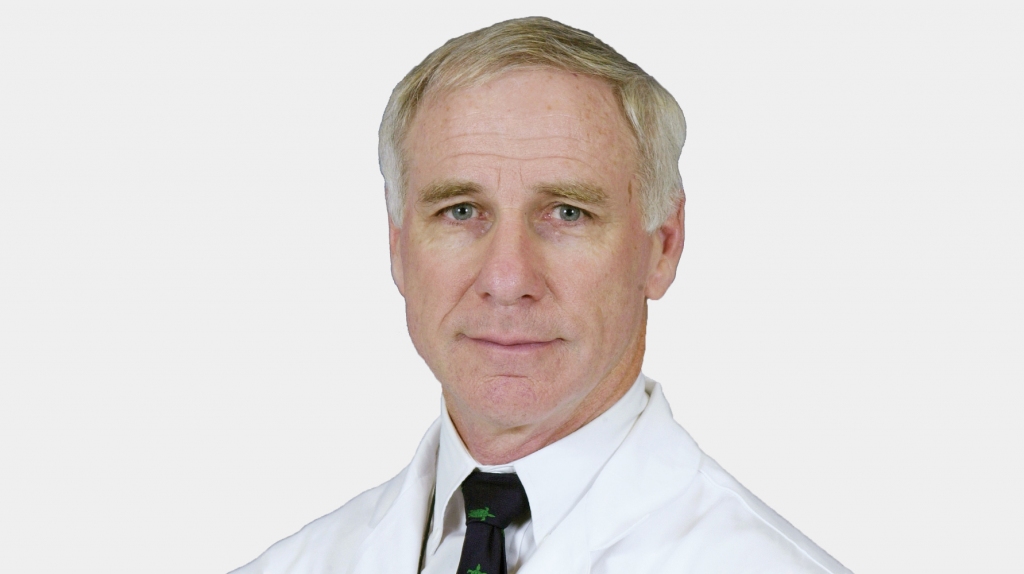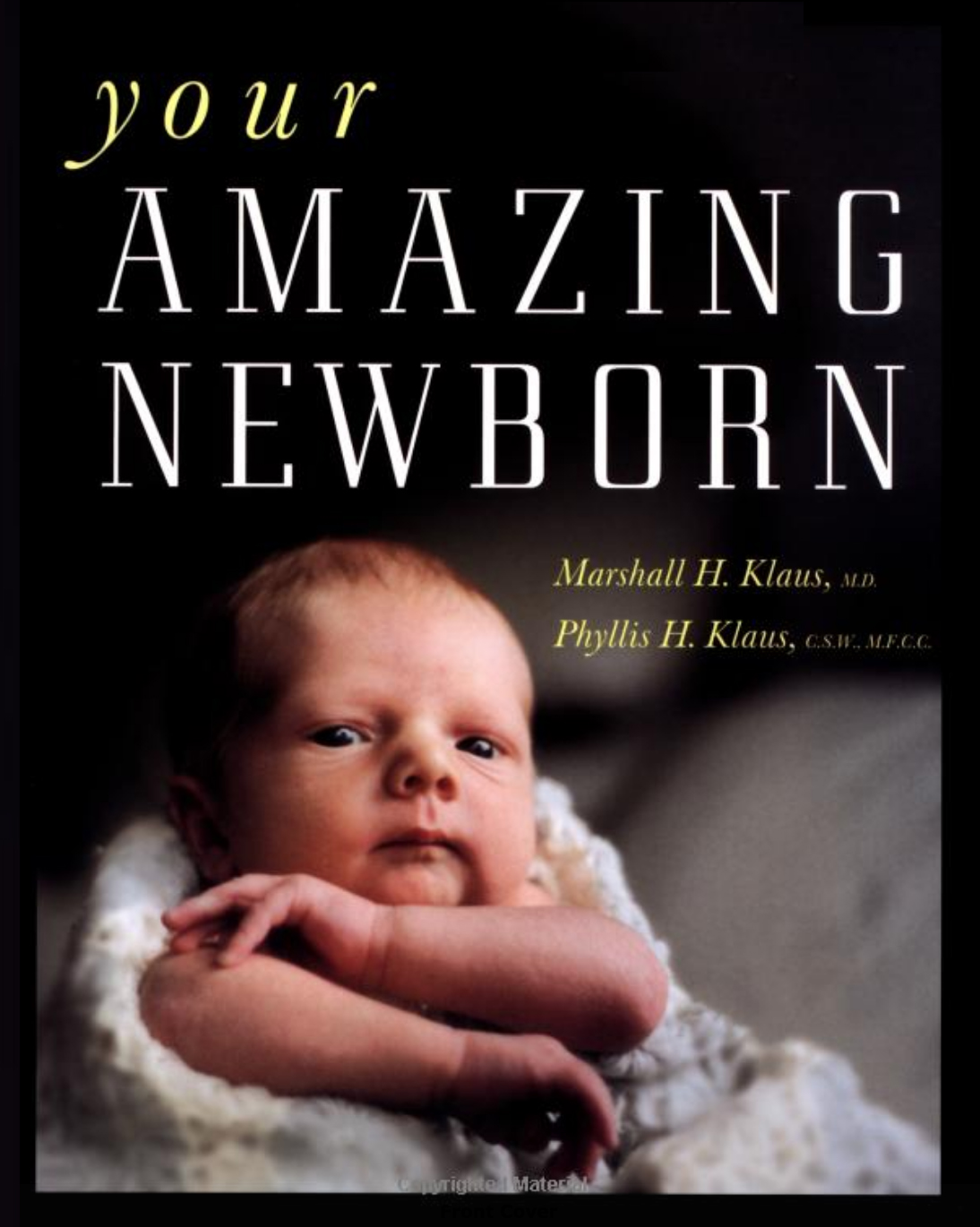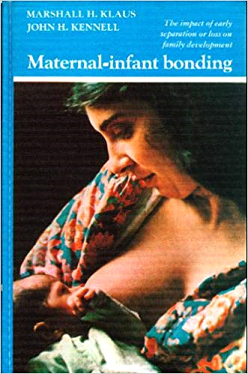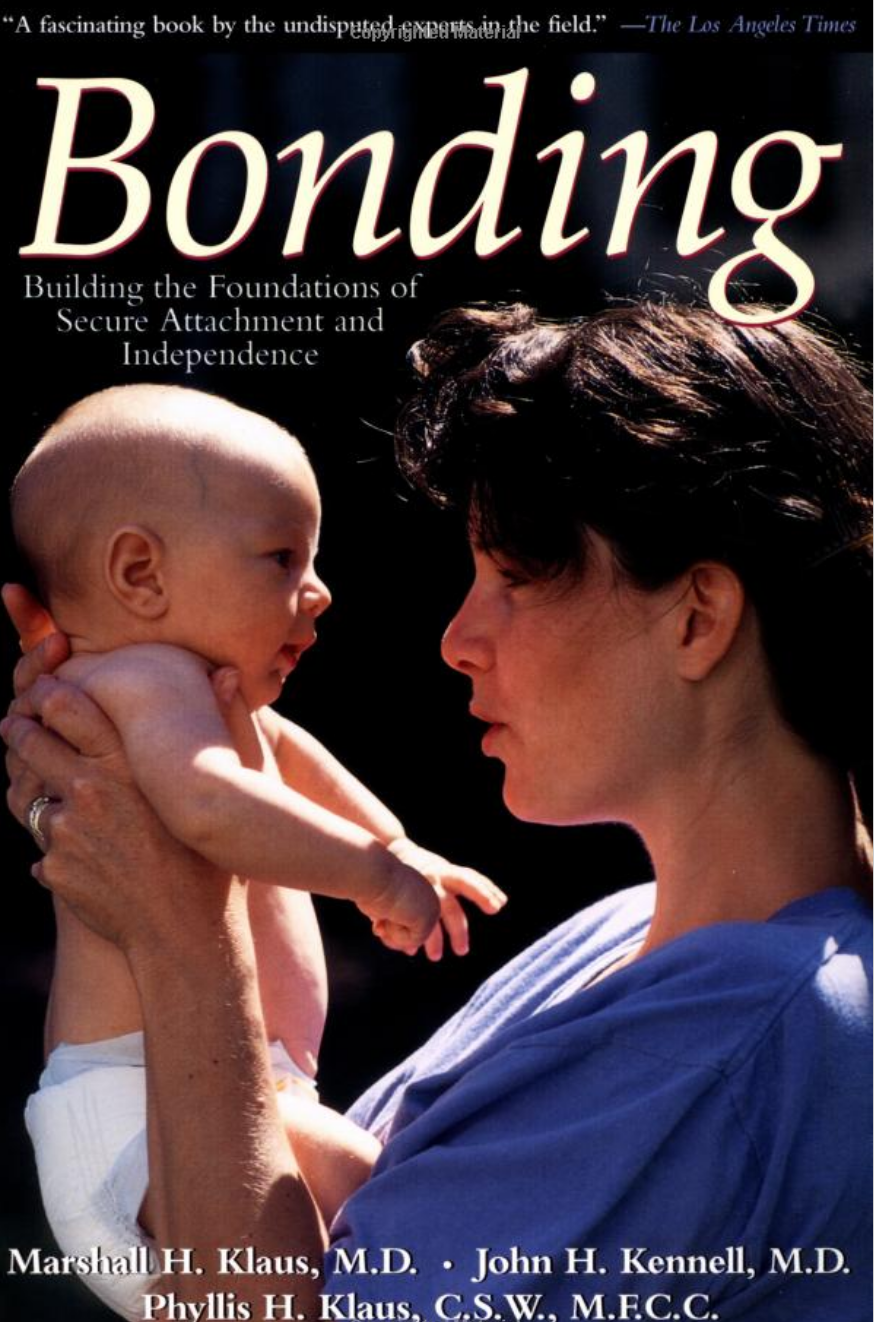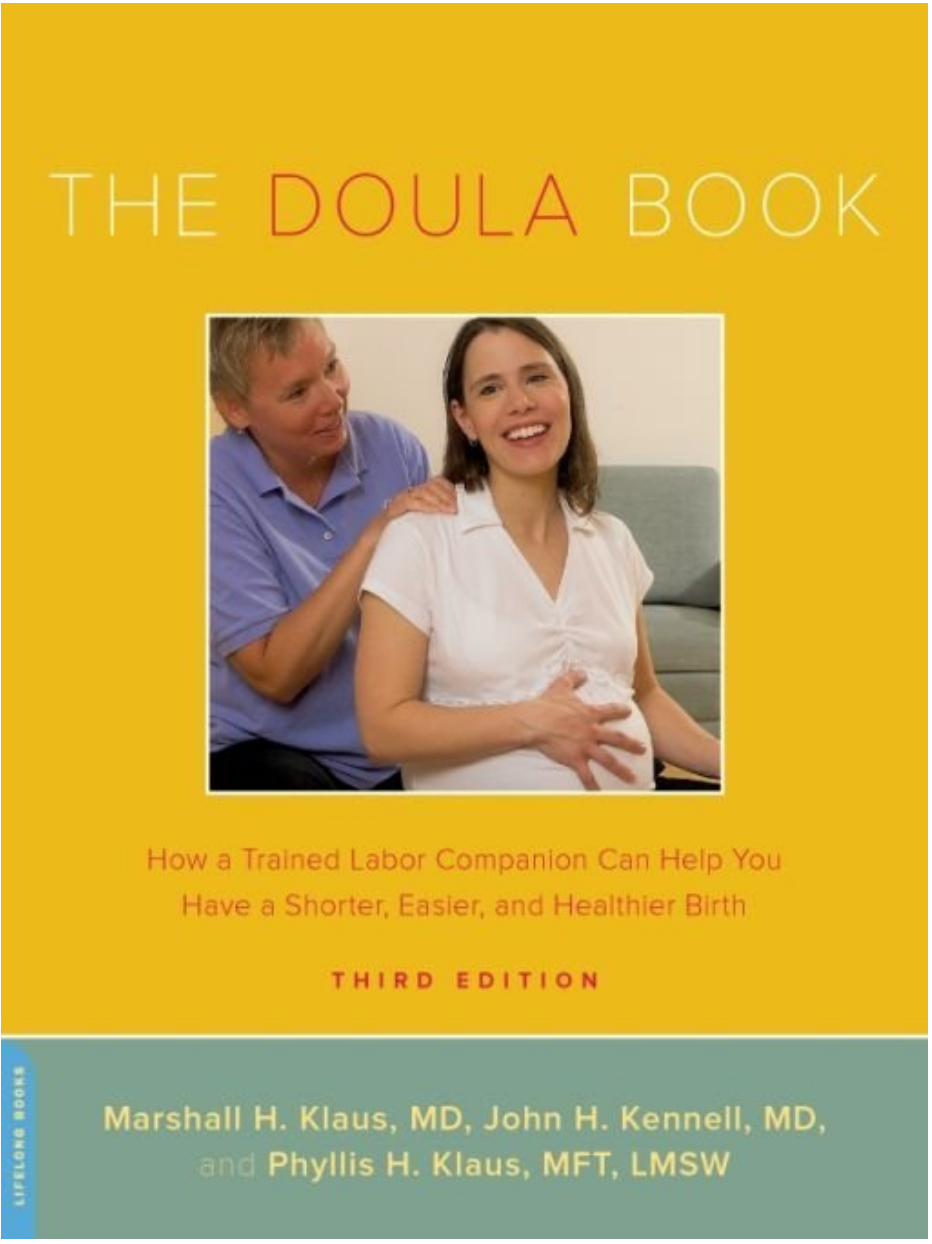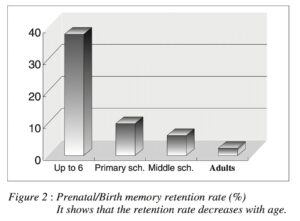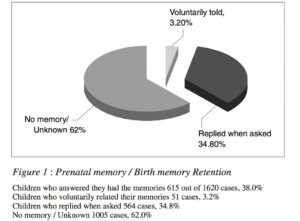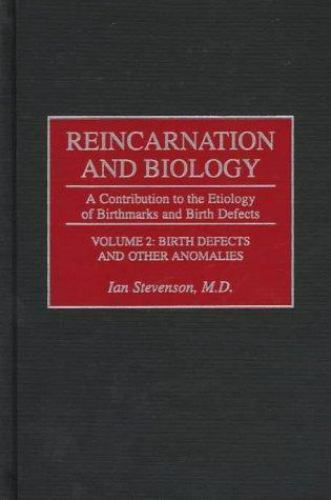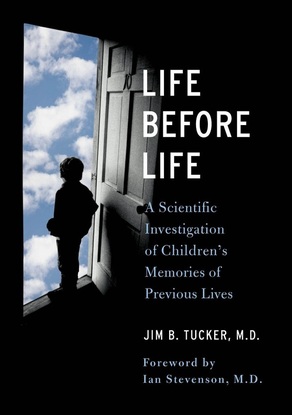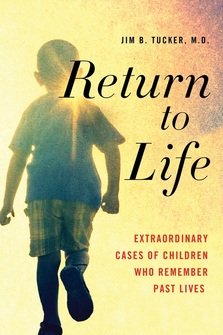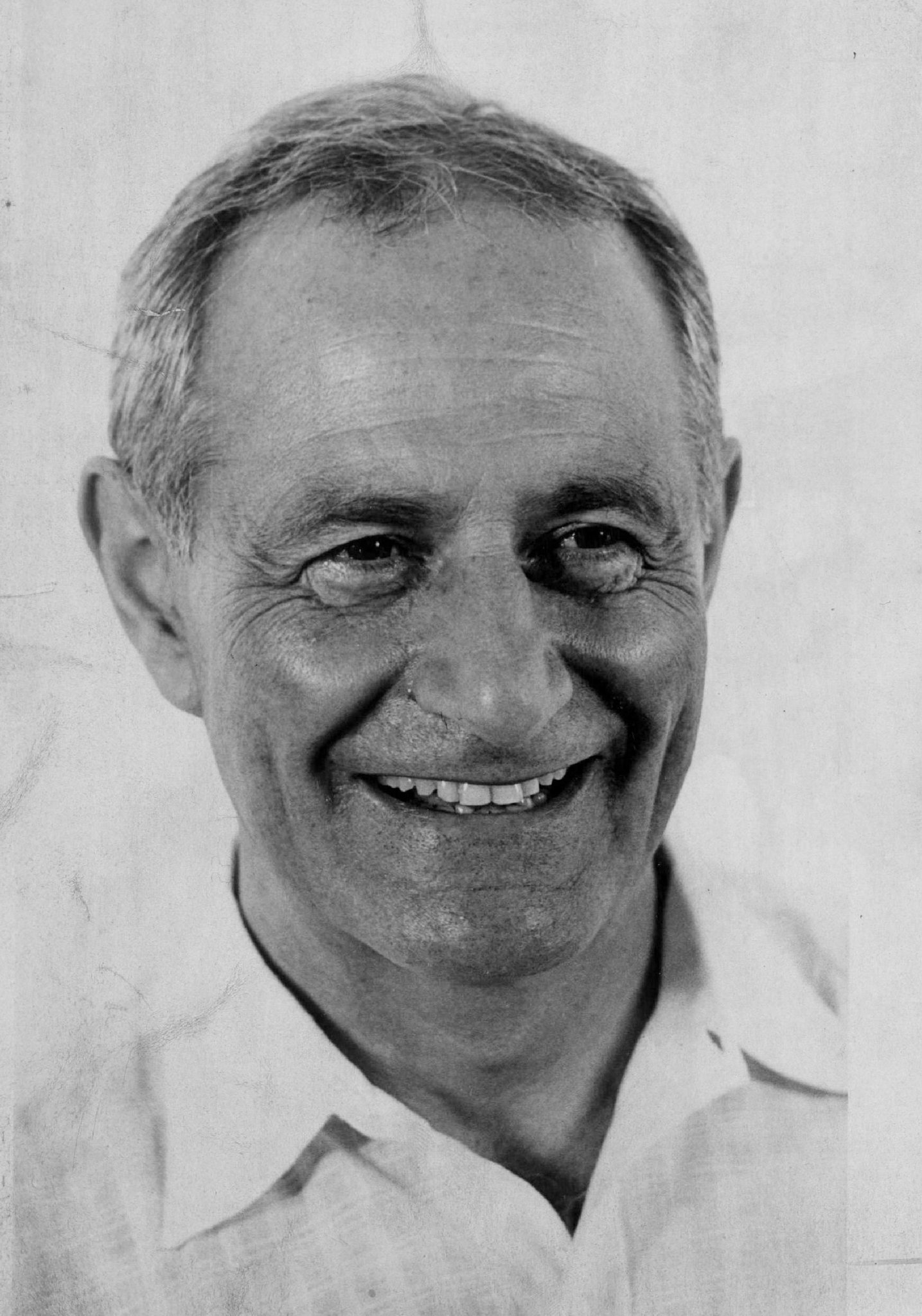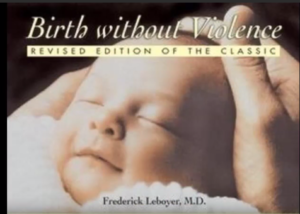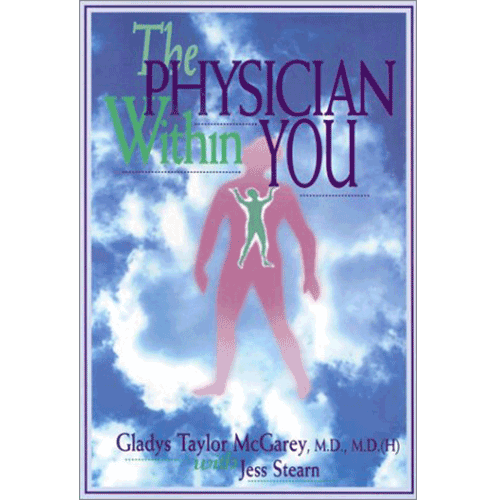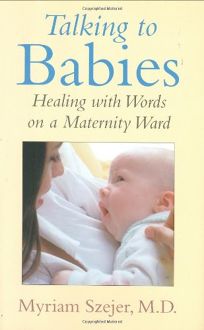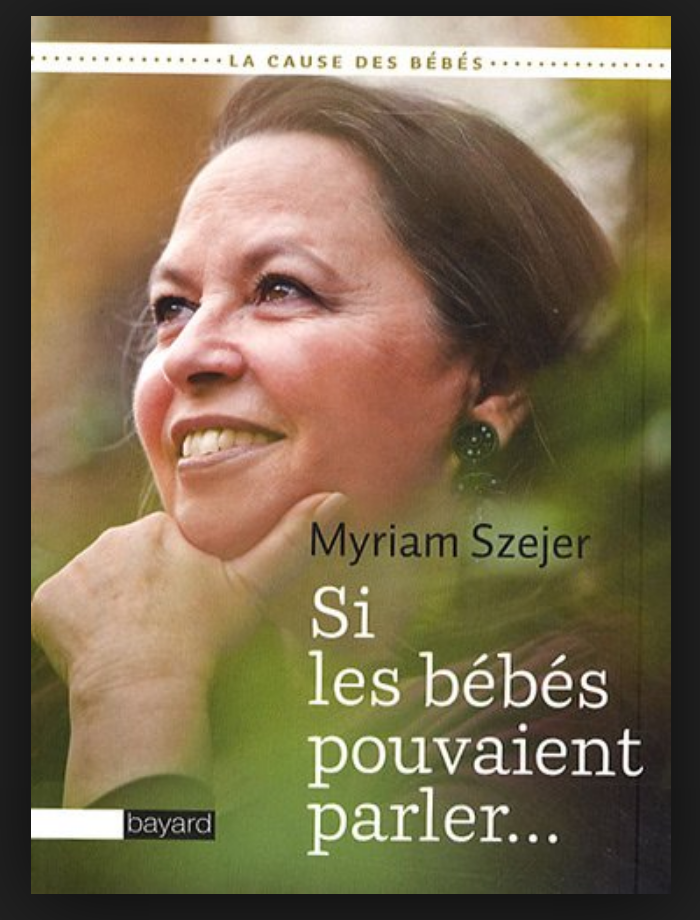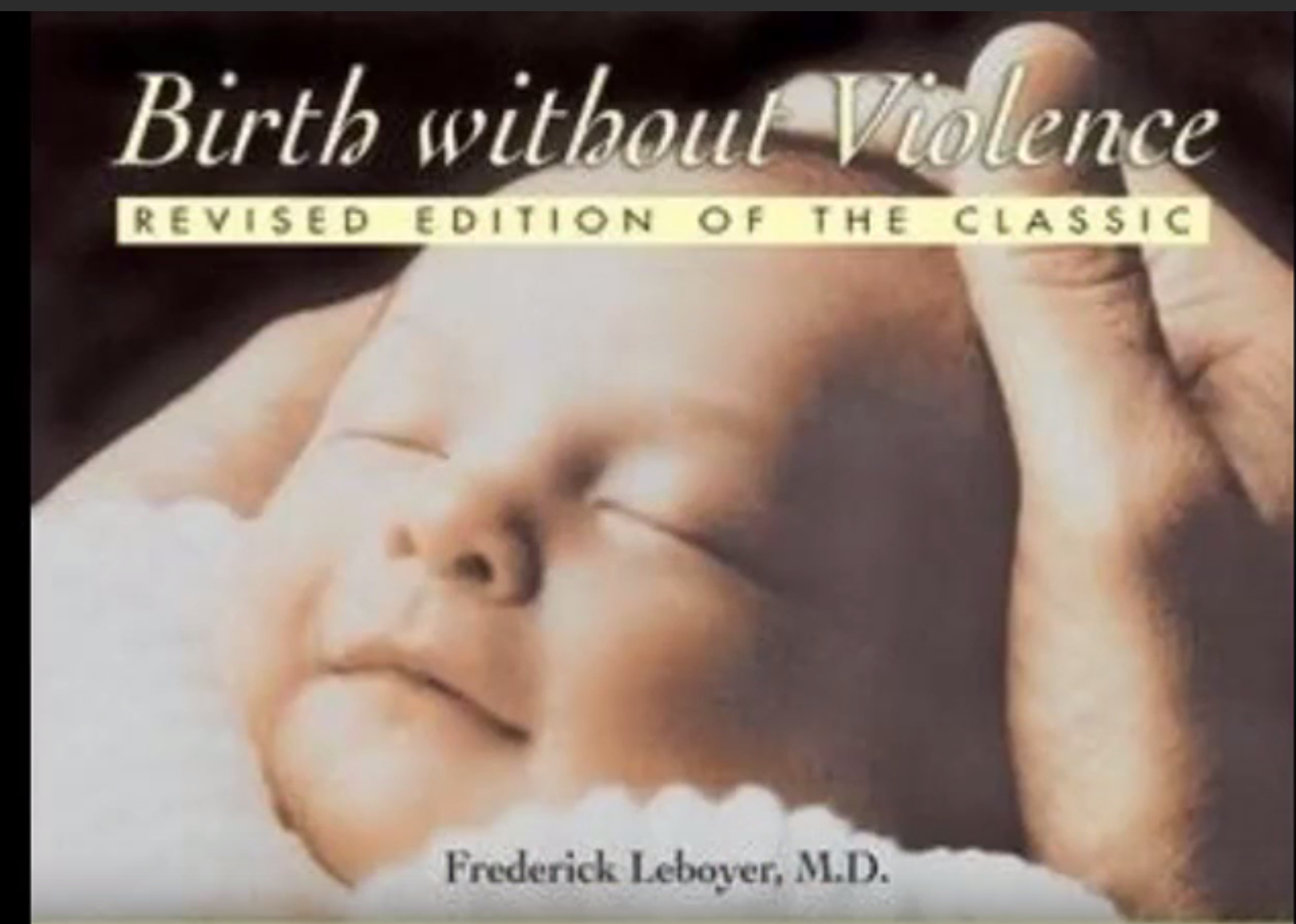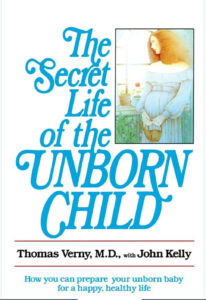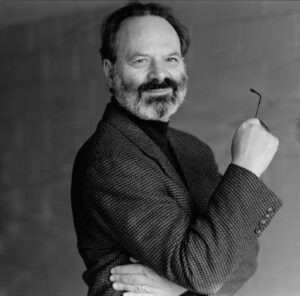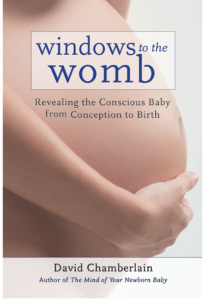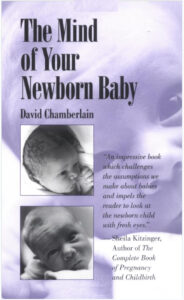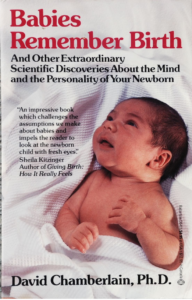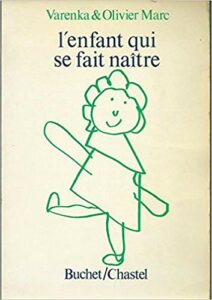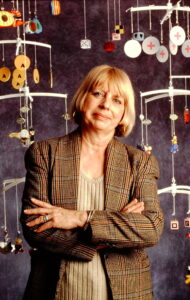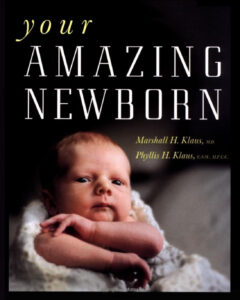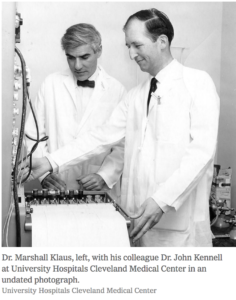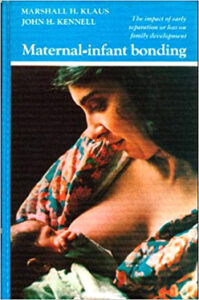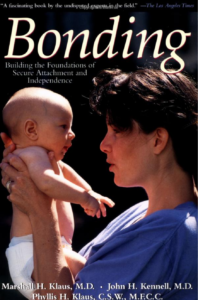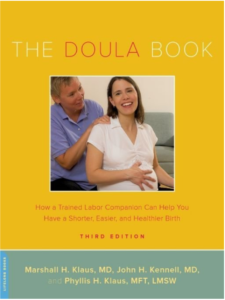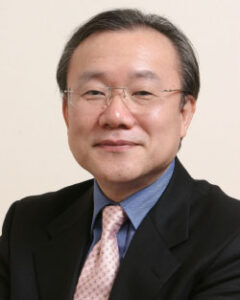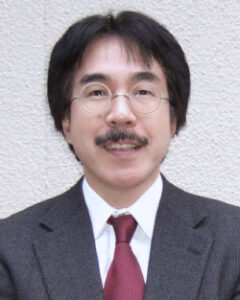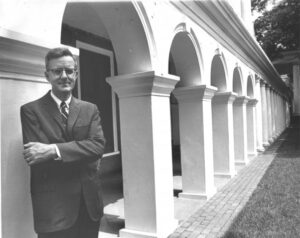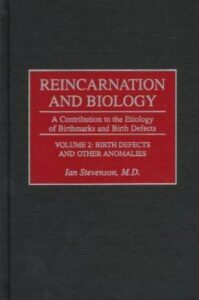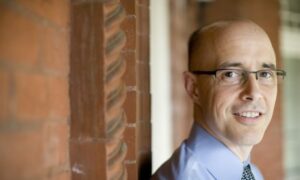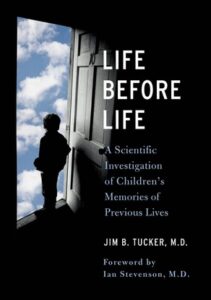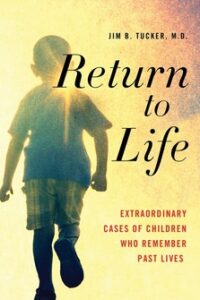
Five Types of Children’s Memories Articles
What Babies Are Teaching Us
Did you know that newborns and unborn babies have amazing awareness, extraordinary memories, and advanced abilities? These are examples of what authors Elizabeth and Neil Carman, PhD, call the secret intelligence of babies.
Leaders in this ongoing global paradigm shift that began five decades ago include Françoise Dolto, MD, Thomas Verny, MD, David Chamberlain, PhD, and Akira Ikegawa, MD, PhD.
In 1983, Drs. Verny and Chamberlain co-founded the American Prenatal and Perinatal Psychology Association and Health (APPPAH) to help unravel the riddle of a baby’s secret intelligence. APPPAH is one of two professional organizations dedicated to research and education in pre- and perinatal psychology and medicine. The twin European organization of APPPAH is ISPPPM.

In their book Babies Are Cosmic, Signs of their Secret Intelligence, the Carmans used a two-pronged approach to show evidence of the secret intelligence of babies.
Signs of secret intelligence include:

In 360 pages, Babies Are Cosmic features 100 researchers and pioneers who are paving the way for cultural, medical, and social acceptance of the idea that babies are conscious beings from conception to birth and even before.
(445 endnotes, 270 bibliographical references, 12 illustrations)
The evidence of consciousness before birth suggests the need for a new standard of medical care that includes the power of love. Readers can also learn here to form a loving, intuitive bond with their born and unborn children, giving them a greater capacity to love and be loved.
Table of Contents
Babies Are Cosmic, Signs of Their Secret Intelligence
By Elizabeth Carman and Neil Carman, PhD

Foreword by Laura Uplinger
What Babies Are Teaching Us: Introduction
Endnotes Bibliography Index
Babies Are Cosmic will expand your mind about who your children are and why they came to you.
Preconception Memories (Heaven, Choosing Parents)
Is a baby in the womb
a conscious and real person?
By Elizabeth Carman
Babies have a lot to teach us. They remember at a very deep level of consciousness their primal journey, the way they entered this world. But besides their memories of their birth and beyond, there are other signs of their keen awareness. Knowledge of the fetal sensory system, observations of fetal behavior in the womb, and experimental proof of learning reveal their awareness in the womb and as newborns.
Consider the following.
Signs of Babies’ Secret Intelligence in the Womb
In his book, Windows to the Womb: Revealing the Conscious Baby from Conception to Birth, birth psychologist Dr. David Chamberlain identified 12 sensing abilities of prenates and newborns based on 35 years of science and psychological research in prenatal and perinatal psychology.
Ordinary senses are
Nontraditional extrasensory faculties are
Mom,
I had a little window that
I could peek out of
when I was in your belly.
My view is that the baby is always thinking.
But medicine doesn't have that view.
They are stuck behind the idea that
the brain is not yet fully functioning, not developed.
Not refined enough for thinking.
Not refined enough for learning.
Not refined enough to care what is happening.
All that is totally wrong.
The baby has a psyche (mind, soul).
-DR. DAVID CHAMBERLAIN
Babies are thinking in the womb. Medical treatises and spiritual texts from India (Garbha Upanishad, Markandeya Purana, Srimad Bhagavatam) portray the incoming soul as a thinker. In the 7th month of pregnancy, the soul observes the movie of hundreds of past lives. He thinks, “I have seen thousands of wombs, eaten several kinds of food and sucked many breasts. Born and dead again and again, I am immersed in grief but see no remedy. Thinking of my good and bad deeds, I am suffering alone, although the bodies that enjoyed the fruits are gone. When I get out of this womb, I resolve to make this my last lifetime.”
This ultrasound picture reflects the sculpture “the Thinker.”
The doctor told me, “It is my habit to take newborn to its mother after a few hours so that she can start bonding. One day, I took a baby to her mother, but the baby refused to suckle. The next day again, the baby refused to have anything to do with the mother.
On the 3rd day, I put the baby on the chest of another mother who had also delivered. The baby immediately started suckling her breast.
I asked the first mother, “Are you taking antiobiotics? Maybe that is why your baby doesn’t want to touch you or breast feed.”
She said, “No.”
I asked “Did you want to have this baby?”
“Frankly no, I did not want to have this baby.”
The doctor assumed that the baby sensed his mother did not want him even before he was born.
This example illustrates that bonding and attachment start right from conception, not after the baby is born. Parents must start relating to the baby from the beginning.
Life provides a certain amount of grace
for us to make up for things.
Once we realize we’ve made a mistake,
we can make it up to our babies.
We can talk to them, be more forthcoming,
more direct in acknowledging mistakes
and ask for the babies’ understanding and forgiveness.
And then, of course, it’s never too late to love a baby.
Relating to babies is a lot like relating to each other.
We would do better if we make that assumption that
they are like us and communicate to them directly.
-DR. DAVID CHAMBERLAIN
Babies Are Cosmic offers new perspectives on the way we look at unborn children, pregnant women, newborns, unseen helpers, and even ourselves.
See the following chapters in Babies Are Cosmic:
Chapter 10. Signs of Prenatal Intelligence
Chapter 11. The Psyche of the Unborn Child
physical development of body and brain.
The primal period is not a grace period before life starts,
but is, in fact, formative in shaping the way people feel, think,
and approach life. In primal experience, the foundations
are laid for health, love and fear.
—DR. DAVID CHAMBERLAIN
Chapter 14. Signs of Secret Intelligence of Newborns
Chapter 15. Love Sensing at Birth
The secret intelligence of babies highlights the need for a new standard of care. In essence, we need to be much kinder to babies because, as we will explore, every baby is no less a human being than any adult. They come into this world sentient and already deserving of love and tender care.
When babies are birthed into this world consciously, safely, and naturally, with love and compassion, they will express more secret intelligence right from birth rather than expressing negative imprints of a stressful prenatal or birth experience.
Research presented in Babies Are Cosmic may very well reinvent the parent-child relationship and foster a more compassionate world.
Babies Are Cosmic, our third book, was inspired by new stories and mounting evidence. Parents submitted thousands of comments on our Facebook page about children’s memories that aren’t found in textbooks: birth, womb, conception, preconception, and past-life memories. These reports indicate that real-world babies, known by their mothers for their essence and character, are different from the textbook babies of academic psychology and medicine.
Children’s memories fall into 5 classifications:
Type 1
Children’s Preconception Memory
Many toddlers feel moved to tell their parents about their experiences when they selected them to be their parents, when they were in the womb and at birth, and even when they were with God in heaven. In response to our online networking, parents submitted hundreds of such children’s memories for our Many toddlers feel moved to tell their parents about their experiences when they selected them to be their parents, when they were in the womb and at birth, and even when they were with God in heaven. In response to our online networking, parents submitted hundreds of such children’s memories for our global research project. Babies Are Cosmic also includes reports by medical researchers, child therapists, and physicians.
Here are examples of children’s preconception memories along with a few drawings of these memories.
Susanne: My husband and I could not have children, but we really wanted to have one. My husband is Chinese Canadian, and we ended up adopting a girl from China. Later, when our daughter Sherri was 4 or 5, she always asked us to tell her funny or interesting stories about our lives when we were young. My husband talked about his childhood and life in the Canadian army, which he joined for one summer. I talked about my life and told her stories about one boy I liked (we were friends only, but I wanted him to be my boyfriend). I talked about other boyfriends as well. Sherri loved these stories, and we told them over and over again.
One time, she said, “Mom, I planned that! I wanted you two to be friends when I was in heaven!” Apparently she saw my husband and me as teenagers while she was in heaven and told God, “I want those people to be my parents.” She pestered God so much that he relented.
In a British online article on children’s past-life memories (2015), a mother shared her daughter’s “choosing” memory.
Our youngest daughter, aged 3, sat on the floor playing with her toys and suddenly said, “Do you remember before? When I was up in the sky and I chose you?”
“No, I don’t think I do. Can you tell me some more so that I can remember?”
“I saw you from up there (pointing towards the sky through the window), and I waved. Did you see me waving?”
“I don’t think so. Could you tell me any more to help me remember?”
“They said I could choose a mummy and daddy. I looked; then I chose you and I waved at you.”
“Did I wave back?”
She said, “No.”
So I told her, “I don’t think I saw you.”
The idea that children retain memory of events before conception and during gestation and birth may sound farfetched. The challenge is that most of us have been brought up in social, educational, and religious systems that teach nothing about life before birth. Psychologist Gwen Dewar, PhD, refers to the belief that babies can’t remember as outlandish. In a 2012 article “‘Babies Can’t Remember’ Is Bunk” published in Psychology Today, she emphasizes:
When adults discount the abilities of babies to remember, they might find themselves treating babies more like objects and less like people. And that can’t be good for babies. The claim that babies don’t remember is unscientific—and potentially harmful.
Type 2
Children’s Conception Memory
“CONCEPTION MEMORY” (prenatal, prebirth) involves someone describing the circumstances of their parent’s sexual act during conception, conscious awareness of the sperm journey, and references to in vitro fertilization (IVF).
In drawing #1, Ayano (1 year, 11 months old) depicts fertilization and embryonic development.
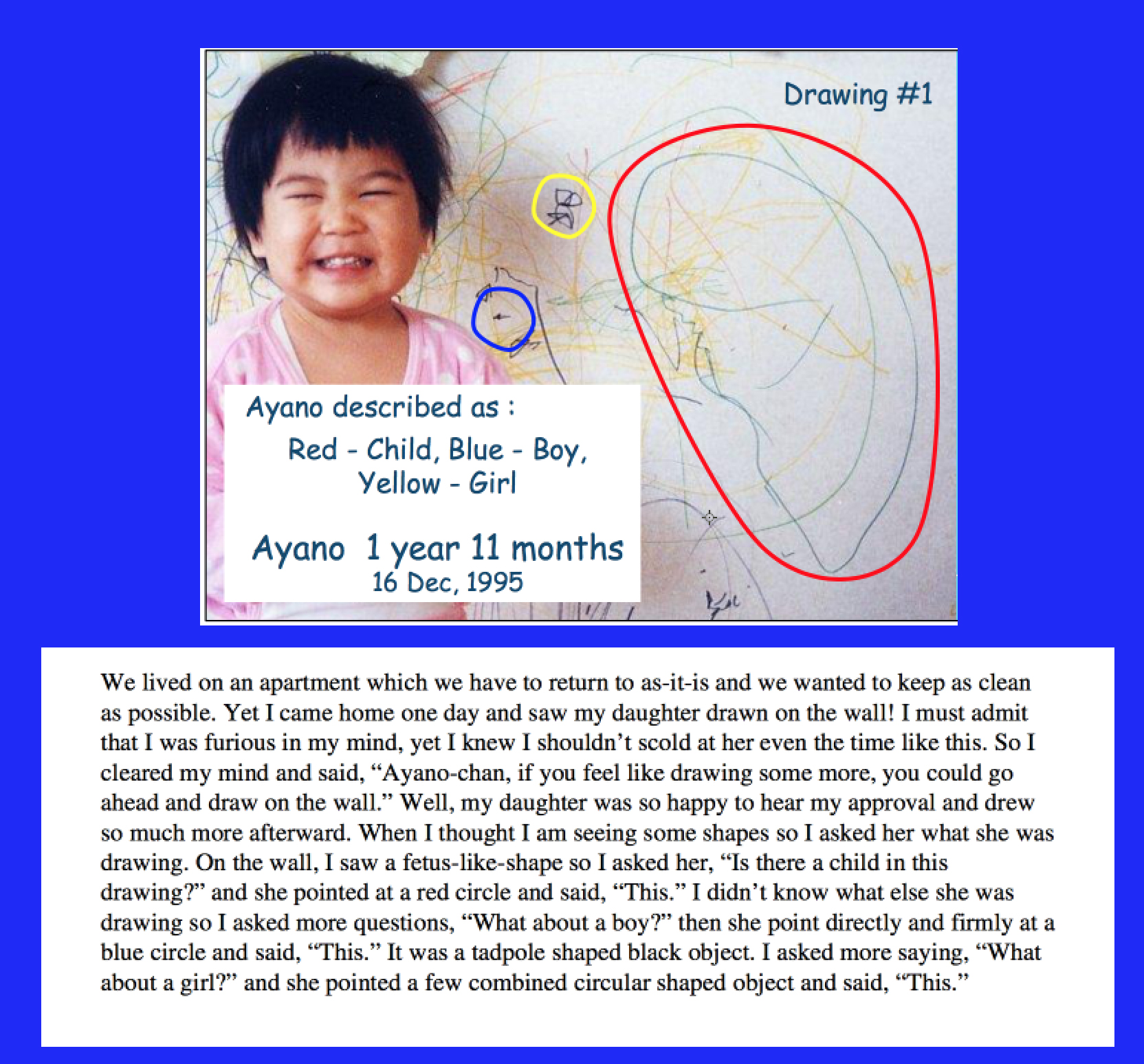
In drawing #5, Ayano (3 years, 4 months old) depicts sexual intercourse.
The drawing was executed with certainty and thoroughness. What is the significance of this head topped with a body of a staff? Is this not a sperm, with its cephalic hat (the acrosomal hat)? The sperm takes a human twist: a very long body with a head on one end and legs on the other. The phallic aspect cannot be doubted or ignored.
One may argue that a little girl of 3 years can’t know what a sperm is. Besides, she’s a girl and sperm is a man’s domain! Does she not spring from it, too? Has she not proved that she remembers fertilization with this drawing? They are indeed very similar forms.
A sperm doesn’t have a human figure. Certainly, they don’t have eyes or a mouth. But she has drawn a face. Why can’t she be identifying herself with the face? The bit of the drawing with the face may also be an ovum that she has put her face on, and it has a sperm going through it. Children draw faces on everything. Whatever they draw, they are always drawing themselves.
We have been hampered in understanding memory by preoccupation with the physical parameters of the brain.
This approach has long delayed the discovery of the true capabilities of newborn and unborn babies.
—DR. DAVID CHAMBERLAIN
Type 3
Children’s Womb Memory
“WOMB MEMORY” (prenatal, fetal, gestational, prebirth) encompasses recall of events taking place inside and outside the womb.
The prenatal mind can perceive:
Laura: My daughter Sarah was born at home, in the living room, by the fireplace. My labor contractions were entirely void of pain. One day when Sarah was almost 3 years old, she told me, “Mommy, I was born!
“How was it?
“I was not afraid.”
“How was it in Mummy’s tummy?”
“It was night.”
“What did you eat in there?”
“I didn’t eat, but I could drink,” and she made a movement with her mouth, as if drinking water out of river while you are swimming.
We have been hampered in understanding memory by preoccupation with the physical parameters of the brain. This approach has long delayed the discovery of the true capabilities of newborn and unborn babies.
—DR. DAVID CHAMBERLAIN
Dr. Akira Ikegawa interviewed Issui, who at the age of 6, drew correct details of the sequential stages of his body developing from fertilization to birth. See below.
Type 4
Children’s Birth Memory
“BIRTH MEMORY” (perinatal, delivery) entails memory of :
Dr. Rhodes asked, “When you decided to come out, how did you get out?”
The boy replied, “There was a hole down there.”
“What was it like?”
“It was long and there was light.”
“Was it hard to get out?”
“Yes.” (Holding his head with both hands at the temples and nodding)
His mother Sara birthed him via an emergency Cesarean. She said, “The doctor had to pull him a little bit. I felt I was being ripped apart. The removal of his huge energy was such a shock. I turned to my husband and said, ‘I think I am going to die!’ When he was taken out, a huge part of my consciousness was gone. Our souls had been merged.”
My daughter asked, “Why isn't the baby crying?”
I asked her, “Why did you cry when you were born?” She said, “Because it hurts coming out.”
That freaked me out. I talked to her doctor about it. Her doctor told me that it was possible to remember birth.
The testimony of babies, which is becoming available in birth memories, chastens scientific pride and awakens humanitarian concern.
If memories are only fantasies, they are brilliant fantasies indeed. If memories are true revelations of human consciousness, then consciousness goes far beyond stimulus/response, beyond experience, beyond size, age, or any other status usually imposed on persons.
Birth memory may be the finest expression of the infant mind and the best evidence that human consciousness is something we all share.
—DR. DAVID CHAMBERLAIN
Conception, Womb, and Birth Memories
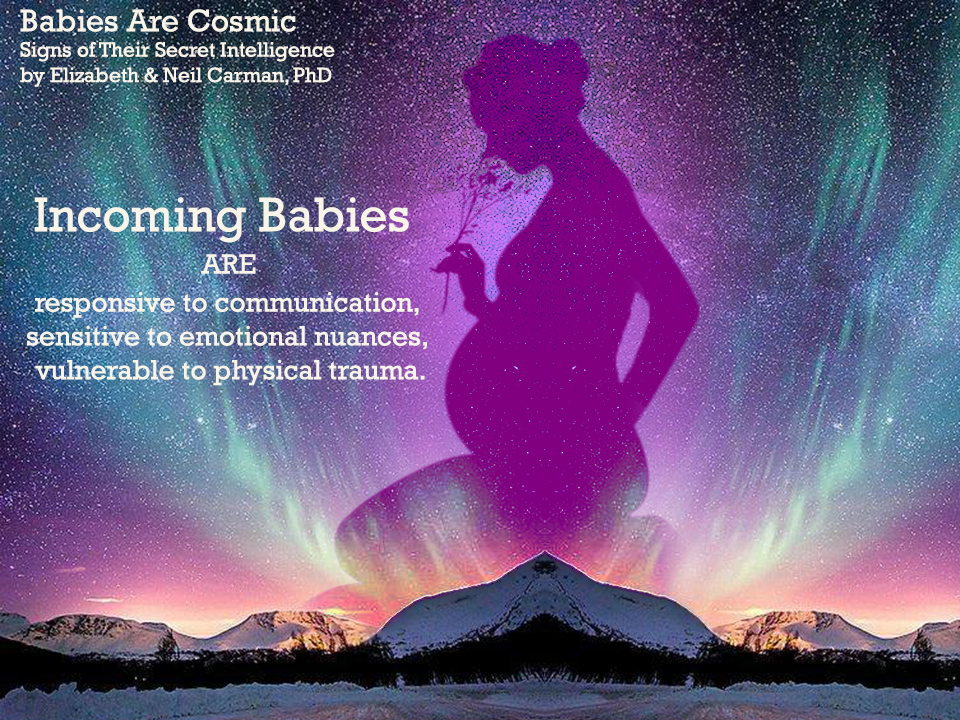
Channels of Communication Between Mother and Child
by Elizabeth Carman
Physiological Communication
Western mothers were once taught that the placenta acts as a barrier protecting the developing baby from the outside world. Research now shows that whatever a pregnant mother eats, drinks, and breathes are communicated physiologically to her child through umbilical circulation.
Evidence from the Environmental Working Group found a total of 287 industrial chemicals and pollutants in the umbilical cord blood from 10 babies born in U.S. hospitals (2004). Of these toxins, 180 cause cancer in humans or animals, 217 are toxic to the brain and nervous system, and 208 cause birth defects or abnormal development in animals.
A mother’s stress hormones also reach the unborn child through the umbilical cord and placenta. If an expectant mother is under extreme and constant stress, she can induce the same stressful state in her unborn child. They are absorbed by the baby’s system as well, irritating the fetus. That is why pregnant mothers who encounter acute or chronic stress increase the chances of birthing babies who are premature, lower than average in weight, hyperactive, irritable, and colicky.
The unborn child being of the same flesh and blood as the mother receives the mother's physical, psychological, and emotional experiences as if the mother is a photographic camera recording her sensations on the child. From this perspective, food is not the only source of nourishment the baby receives.
In essence, the womb is the first classroom and all babies attend:
Unborn Babies Listen to a Mother’s Thoughts
The pregnant woman’s thoughts are the mental food influencing the unborn baby’s body, mind, and capabilities. Whatever an expectant mother takes in through her five senses can imprint her baby according to a wide range of Western thinkers.
-
Leonardo da Vinci—The things desired by the mother are often found impressed on parts of the child who the mother carried at the time of the desire. . . . one and the same soul governs the two bodies, and the same body nourished both.
-
Paracelsus—An infant in the mother’s womb is as much in the hands and under the will of the mother as clay in the hands of the potter, who from it makes whatever pleases him. Any strong desire, appetite, or inclination can be impressed upon the fetus.
-
Ella Wheeler Wilcox—It is not so much what you are doing, my dear madame, before your child is born, as what you are thinking which molds its character. Watch yourself that you do not indulge in disagreeable moods. Forgive your enemies and wish them well. Cast out bitterness and anger. You are no longer your own mistress; remember, you belong to your unborn child.
Avoid thinking of anyone you do not like, or dwelling on disagreeable or annoying events. When depression moods come, get out in the open air and do deep breathing exercises. -
Torkom Saraydarian—A mother is privileged to have a female body through which she can build those characteristics and give those inspirations which sustain that human being on the path of righteousness, beauty, creativity and goodness. A mother is privileged to have a female body through which she has the power to create the future of humanity.
-
Harold W. Percival—Pregnant women with strong desires or holding tenaciously to a thought have shown that strange results may sometimes be produced by the invisible and psychic influences prevailing on the form plane during fetal development. Marks have been made on the body of the child, due to a picture held in the thoughts of its mother and then built out by angels. Strange appetites have been impressed, fierce desires engendered, and peculiar tendencies implanted in the child; or birth was accelerated or retarded in consequence of some thought of its mother.
The mother often supposes that she caused the child’s birthmarks or tendencies, in reality, she has been impelled to act by the child’s own past [previous life] thoughts. She has not interfered with the child’s destiny. Her actions are the instrument through which her child receives just payment for a similar act done to another in a prior life.
Thus a couple who are pure in mind and body will attract a soul whose destiny requires such conditions. The child’s destiny is determined prior to conception. The mother cannot change the character and tendencies of the child once conception takes place. The utmost that she can do is to interrupt or postpone their expression. Nonetheless, the pregnant mother should hold herself to a pure life and think on lofty subjects, thereby avoiding improper thoughts.
Behavioral Communication
The primary purpose of prenatal communication is to deepen the bond with the baby and to lay the foundations for parenting later on.
The important thing is not actually to teach the baby anything, but to make him feel secure and that he is “loved.”
In that sense, antenatal training is also preparing both the mother and father
to become parents.
—DR. AKIRA IKEGAWA
Although it is generally considered that conversation with babies begins once babies start talking, communication can begin when the baby is still in the womb.
Talking, playing, listening to music, or stroking the abdomen are important behavioral ways for a pregnant mother to communicate caring to her unborn.
The unborn baby can communicate through kicking. Japanese obstetrician Dr. Akira Ikegawa tells of a mother who called him at 5:00 a.m. and said, “I was feeling unwell. So I asked my baby to kick if I should go to hospital. He kicked me hard!” Upon examining the mother, Dr. Ikegawa found that her stomach was bloated and she required medication.
Babies kick gently and energetically when mothers listen to soothing music, but babies become agitated by a loud noise and will subject the mother to painful kicks. Dr. David Chamberlain tells of a pregnant woman in Essex, England who attended a loud rock concert. The baby kicked so hard that the mother came home with a broken rib. Another couple reported how wildly the baby kicked during a movie thriller. One mother attending a movie about the Vietnam War left the theater because the unborn reacted so intensely.
Beverly shared an experience when she was pregnant with her son Taylor.
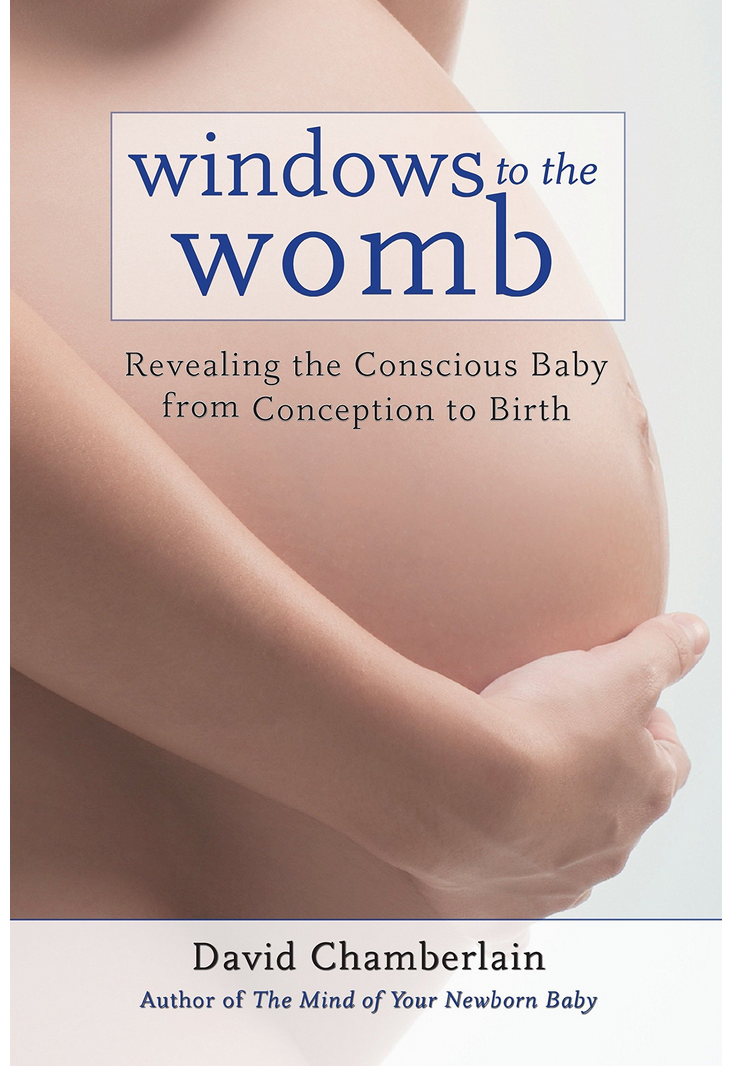
Besides kicking and squirming if he was uncomfortable, Taylor gave his opinion so that I could avoid the source of his irritation. Of course, I wanted to do what pleased me, such as the time I was in the mood to dance. I was 6 months pregnant. I knew loud noises offended Taylor.
I told him, “I must go to a Christmas party for business reasons; there’s going to be loud music. I promise not to stay very long.”
Taylor yelled back, “I don’t like this idea. Please don’t go.” He was kicking and squirming, squealing, and yelling at me.
When I walked into the party hall and heard the stereo, he froze and said, “I am not putting up with this. I am not doing this. This hurts.”
Taylor started to kick the stew out of me. I decided, Taylor is right. We have to leave. He cannot put up with this.
The moment my husband and I walked out, my son sighed, “Aah.”
I had not been anywhere for so long. I had dressed up and was in the mood to have fun. Taylor put the kibosh on the whole evening. He knew what was going to happen and tried to tell me not to go. I went anyway, and he made me pay for it.
Intuition
Ancient peoples acknowledged the deep connection between mother and unborn child and that the baby in the womb picks up the mother’s thoughts, intentions and emotions. According to Giselle E. Whitwell, Center for Prenatal and Perinatal Music,
The Chinese had their Tranquility Centers where mothers were encouraged to walk by the banks of the rivers to maintain their peace and serenity. The Hindus believed that mothers should be taught to transfer their thoughts to the fetus. Specially trained teachers shared this philosophy and gave mothers the necessary techniques in locations called Thought Rooms. Likewise, in Japan a technique called Tai-kyo, was developed where it was believed that the voices, thoughts, and feelings of the parents and extended family had an influence on the fetus; all disharmonious sounds were avoided.
Here are reports from mothers who intuitively accessed knowledge of the sex, personality, and physical characteristics of their unborn children. Their babies often transmitted this knowledge through the mothers’ dreams or meditation visions.
-
Nicole: After I became pregnant with my first child, it felt like I was walking around with a big column of energy on top of my head, like a telephone pole.
I asked, “Why me, and why now?”
I saw a vision of a handsome 25-year-old man with dark hair who replied, “I have chosen both of you as my parents as you will enable me to grow up to be able to do what I want to do in the world.” -
A Canadian mother shared an experience in a prenatal class with Laura Uplinger, an international educator in prenatal parenting. She said, “I’m a conscious person in many ways, love political action, but have never been drawn to read about social entrepreneurship. But this pregnancy is bringing that to me! I can’t stop wanting to know more and more about what’s been done on Earth, and how to relieve the misery. This is a gift from my baby.”
-
G.E.: My child came to me and let me know he was a boy even before I received the test results. Then, almost as soon as he was able to speak, he whispered in my ear, “I picked you.”
-
Gail awoke feeling terrified during a storm in the middle of the night. She normally loved the sound of thunder and lightning and could not understand why she felt fearful. She then realized that she was actually feeling her unborn baby’s emotions. She explained to her little one, “There is a storm outside and although the noise is loud and disturbing, you are safe with me inside.” As soon as she did so, “her” fear went away. (reported by Cassandra Eason)
-
Midwife Jennifer Rector shares a story about breech position:
We tried for weeks to convince baby Liv that it would be so much easier if she could come in a vertex position. After many hours of labor and no progression, we chose to go to hospital, where we attempted a vaginal delivery, but with no progress. The mom and dad chose a C-section. Liv was so jammed into the pelvis that there was a bruise around her entire upper torso. Baby knew she needed to remain in a breech position—baby was telling us that it was not safe to be born naturally. -
Unborn children want to know: Am I wanted? Do I belong? Nan shared with us how her family helped to ease her unborn grandson’s transition into this world by conveying love and reassurance, just as two adults confide with each other as friends, parents, or counselors.
My grandson Max came to me in spirit form when he was in the womb. He told me, “I’m frightened. I don’t know if I can stay. It takes courage for souls to come in right now. Things have sped up and are happening so fast in such a concentrated way. I am having a hard time deciding whether to be born male or female and which lessons I need to learn.”
Max was in a last-minute panic choice and was clear about his needs. He told me, “My parents are not saying what I need to hear. I would like them to tell me:Your timing is perfect.
Your choice of gender is perfect.
You know exactly what your lessons should be.
You are loved and wanted.”My daughter-in-law and other family members took turns speaking aloud the prayers and affirmations to Max. His natural birth was gentle and short. Today, Max is a contented, advanced, happy 6-month-old baby.
Prenatal communicating using positive affirmations are part of a new paradigm embracing the conscious baby from conception to birth. Every time babies feel loved, wanted, and appreciated as intelligent, responsive beings, they become happier and are able to develop more harmoniously. So talk to your baby in the womb, as often as possible. Do so with love and listen to their messages.
Past Life Memories
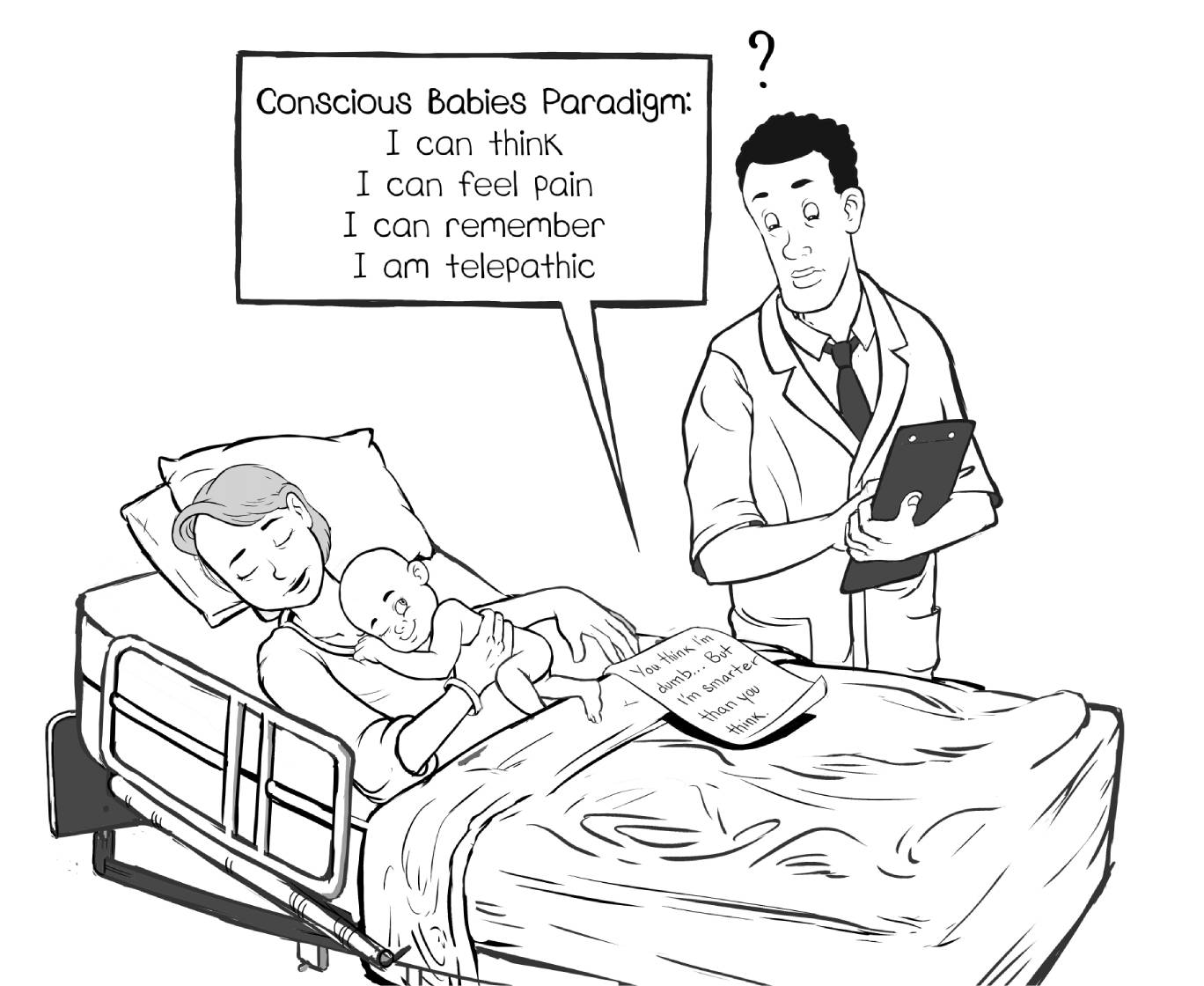
What Babies Are Teaching Doctors
by Elizabeth Carman
Babies Are Cosmic cites research and clinical observations from pioneers in birth psychology, developmental psychology, and medicine who are paving the way for cultural, medical, and social acceptance of the idea that babies are conscious beings from conception to birth and even before. An inspiring promise of the new millennium is that we are poised to embrace a paradigm where we understand that babies are conscious and aware at multiple levels of being prior to conception, during prenatal life, and at birth. Here is an overview of pioneers covered in Babies Are Cosmic who are helping transcend the materialistic myths of the 19th and 20th centuries.
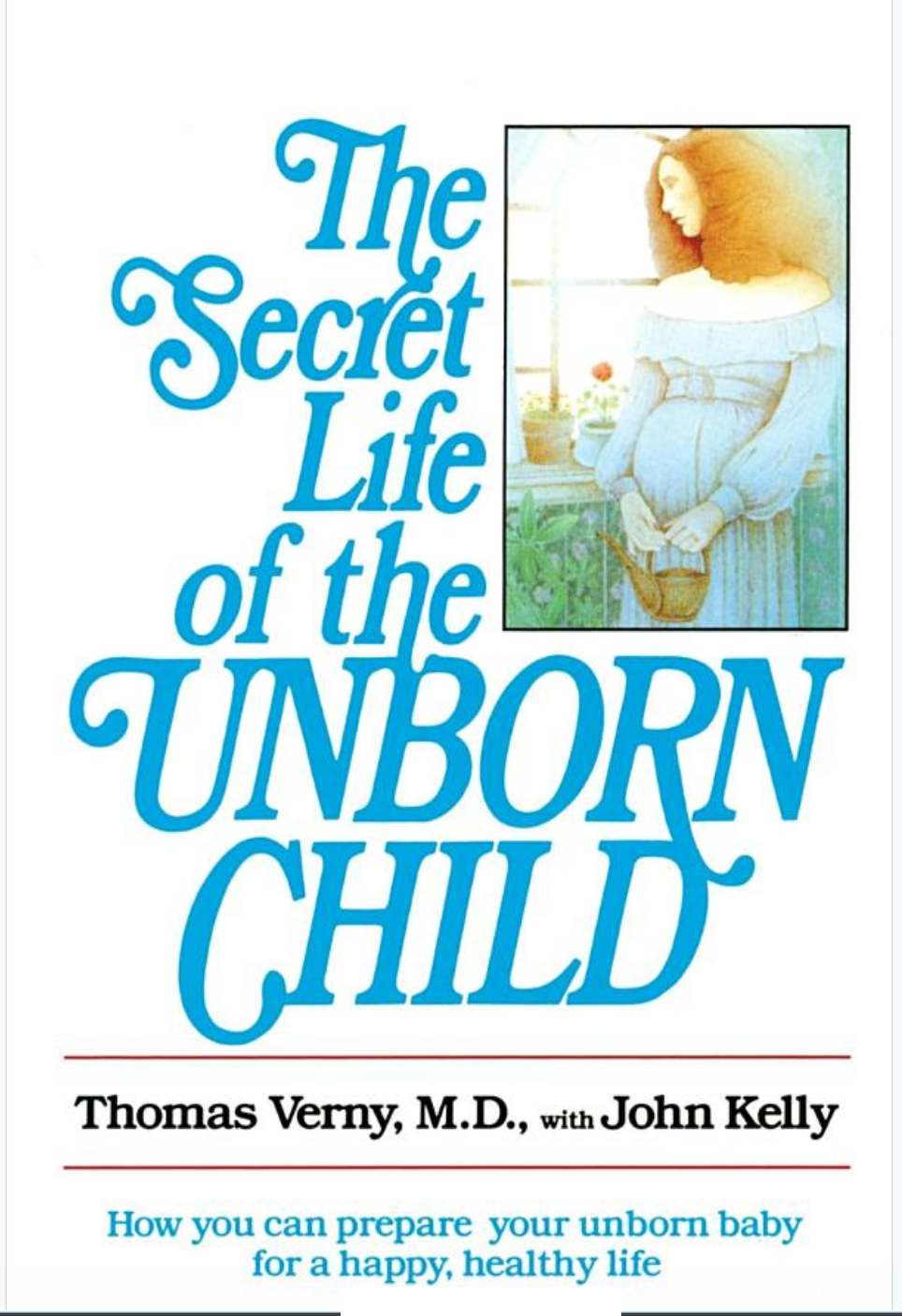
Thomas R. Verny, MD (Canada)
Dr. Verny’s bestselling book, The Secret Life of the Unborn Child (1981) drew public attention to the importance of prenatal experiences and how “birth and prenatal experiences form the foundations of human personality.” As a pioneering physician and psychiatrist, his review of the prenatal and perinatal science worldwide concluded that the unborn baby has far more abilities than scientists suspected, including womb learning and memory. The baby’s central nervous system is sufficiently developed by the age of 6 months in utero to be capable of laying down rudimentary memories.
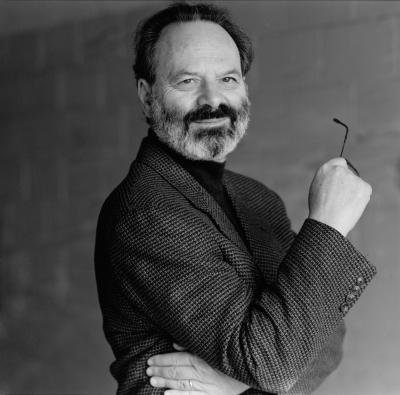
Dr. Verny is co-founder along with David Chamberlain, PhD, of the Association for Prenatal & Perinatal Psychology and Health (APPPAH), an association dedicated to educating professionals and the public about how the unborn baby’s environment plays a vital role in its physical, mental, emotional and psychological development.
They established APPPAH so that practitioners, researchers, professionals and the public who believe that babies are aware and conscious in utero could have a place to exchange views. APPPAH has developed an educational program that seeks to improve human health from the very start, including epigenetics, neuroscience, psychological theories, bonding, how the womb is a learning environment, the importance of the baby’s experiences of pregnancy, birth and breastfeeding.
The message of APPPAH is:
Babies have experiences in utero, and these experiences have implications throughout life. Each of us comes into life with a blueprint for health and wholeness, and then we may encounter experiences that create ‘imprints’. These range in type and degree, and can be positive or negative, depending on the experience. These include chemical imprints from pollution, emotional imprints from our mother’s experience, physical imprints from our position in utero or in relationship with a twin or our mother’s body, birth imprints from how we are born, and more. They can also be good experiences, such as feeling seen, heard, safe, protected, loved, connected, supported and a sense of belonging; this is the human blueprint.
We can support parents, birthing practices, society and culture to nurture wholeness as a blueprint for healthy, peaceful, connected human beings from the very beginning, before conception. If difficulty happens, we have reparative practices and education to further support families and individuals.
David B. Chamberlain, PhD (USA)
According to Dr. David Chamberlain, the last scientific barrier to full recognition of infants as persons may fall with the acceptance of the possibility of complex personal memory at birth.
In 1986, he published Babies Remember Birth, outlining experimental research supporting the existence of prenatal memories and a small collection of birth memories from children who startled parents with birth memories when they began to talk.
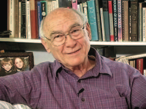
In 2013, he published Windows to the Womb, Revealing the Conscious Baby from Conception to Birth. This book teaches that the unborn child has twelve senses, displays all forms of intelligence that are currently being analyzed in adults, and they are learning constantly from their experiences in utero, regardless of the amount of brain matter they have at the time. This emerging view of dynamic, responsive life in utero contrasts with the failed view of fetal passivity and unconsciousness, calling for a redefinition of who babies are and what they can know and do. Dr Chamberlain wrote,
Babies are powerful beings with a huge mission. On arrival, they turn women into mothers, men into fathers, and couples into families. They humanize us, teach us tenderness, and inspire attachment. If we let them, they lead us toward a true civilization. And for all this, they get no particular credit for a magnificent effort!
A baby’s sentience, sense of self, and many abilities are not dependent on brain development. They precede it. As Dr. Chamberlain said,
Prenatal psychology is assisting in the creation of a new paradigm about babies, moving from talk of “reflexes” to talk of sentience; from “brain” talk to talk of mind; from “conditioned learning” to talk of logic, thinking, and telepathy. Unavoidably, we are working at the interface of flesh and spirit.
Varenka Marc, PhD, and Olivier Marc, PhD (France)
In the 1950s, the Marcs began to collect the drawings of children in Europe, Russia, Japan, Afghanistan, India, Iran, Egypt, Africa, USA, Canada, Mexico, Guatemala, and also among the nomads in the Sahara. They found that these drawings reflected their earliest memories suggestive of the stages of fetal development from ovulation to birth.
Their book L’enfant qui se Fait Naitre (1981) shows 110 toddler drawings
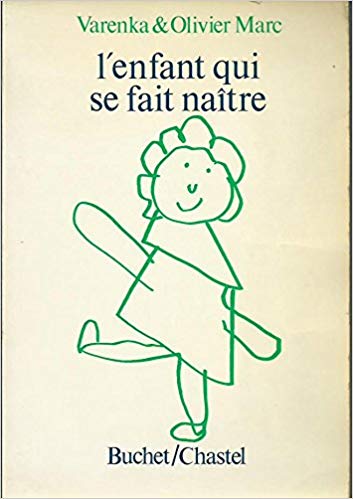
Carolyn Rovee-Collier, PhD (USA)
Dr. Rovee-Collier pioneered the first early infant learning study titled “Conjugate Reinforcement of Infant Exploratory Behavior” (1969). She demonstrated that infants learn quickly, remember over long periods of time, and can retrieve and use their memories in a wide range of different circumstances.
Her studies catalyzed a paradigm shift, as Dr. Chamberlain noted, “The death of Freud’s 1916 theory of ‘infantile amnesia’ was aptly pronounced by Dr. Rovee-Collier when she referred to it as a ‘misconception—an effort to explain a phenomenon that does not exist.’”
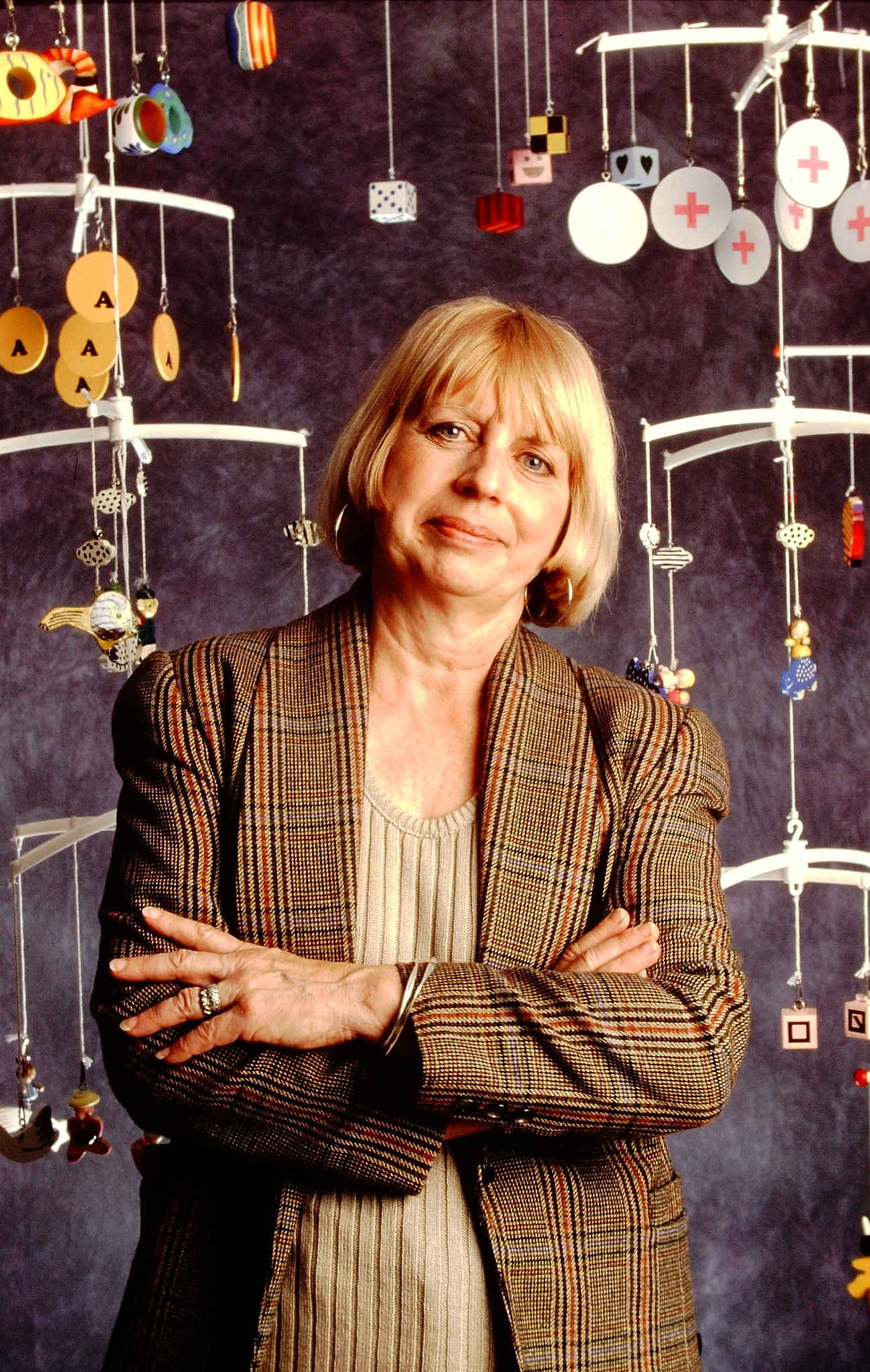
Paul Hickey, MD, and Kanwaljeet Anand, MD (USA)
A 1992 study by medical professors Paul Hickey and Kanwaljeet Anand published in The New England Journal of Medicine showed that newborns experience pain when surgery is performed without anesthesia. The study, conducted from 1987 to 1990 on newborns undergoing heart operations, demonstrated that withholding complete pain relief is dangerous because the pain makes operations riskier. The 30 babies who received deep anesthesia recovered much better and survived whereas 4 of the 15 babies who received light anesthesia died after surgery.
They concluded: “Current knowledge suggests that humane considerations should apply as forcefully to the care of neonates and young, nonverbal infants as they do to children and adults in similar painful and stressful situations.”
Marshall H. Klaus, MD and Dr. John H. Kennell (USA)
There has been significant interest in the medical literature over the past 3 decades regarding how mothers bond to their newborns. Bonding is the emotional tie that is manifested by parental feelings of warmth, love, sense of possession, devotion, protectiveness, and concern. The parent takes pleasure in interaction, accepts impositions and obligations, and feels a sense of loss when the child is absent.
Pediatricians Dr. Klaus and Dr. John Kennell were the primary proponents of this hypothesis that there is a critical period shortly after birth that is important for mother-to-infant attachment and that skin-to-skin contact is necessary for secure bonding.
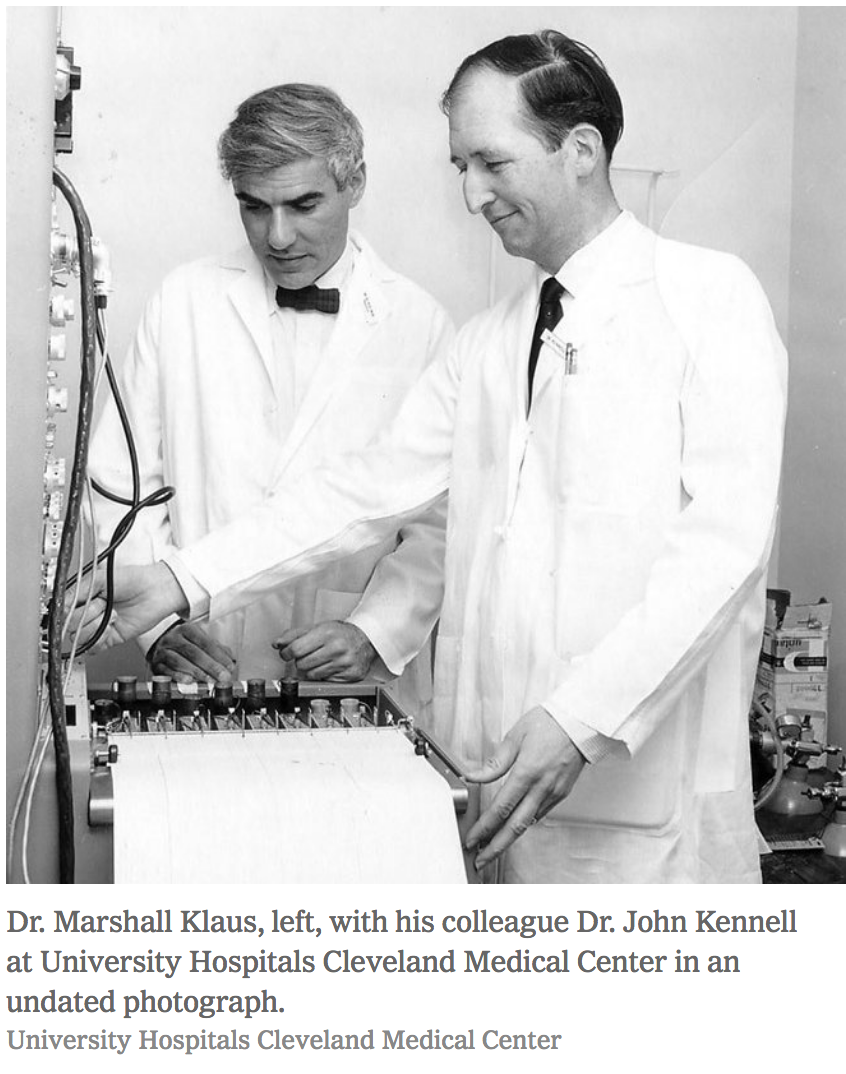
Akira Ikegawa, MD, PhD (Japan)
Dr. Akira Ikegawa, director of the Ikegawa OB-GYN clinic in Yokohama, has delivered thousands of babies over the past 38 years. He began the investigation of prenatal memory in 1999 and was the first obstetrician to conduct surveys on children’s prenatal memories.
Dr. Ikegawa published the first research in Japan that babies remember birth, womb time, conception, and before (2005). He conducted prebirth memory surveys with more than 3,500 children interviewed.
The average age of children in Dr. Ikegawa’s survey is 2, 3, and 4. Similar age range findings come from our survey as well as Drs. Stevenson, Ikegawa, Masayuki Ohkado, Thomas Verny, David Chamberlain, William Emerson, and Wayne Dyer.
Dr. Ikegawa’s survey reveals a drop in retention rate from 40% in 3-year-olds to 20% in 5-year-olds. By the time children reach adulthood, only 1% retain prebirth memories.
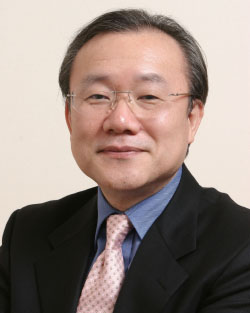
Dr. Ikegawa appears in “The Promise: Prenatal Memories of Children,” a documentary film by Norio Ogikubo. Watch a two minute trailer:

Masayuki Ohkado, PhD (Japan)
Dr. Masayuki Ohkado is a professor at Chubu University (Faculty of General Education) and at the Division of Perceptual Studies, University of Virginia. He is interested in children’s past life memories, NDEs, survival of consciousness after death, and how knowledge of these affects our way of life.
In 2015, Dr. Ohkado published the results of his Internet-based survey of 10,000 randomly selected Japanese women between 20 and 50 to find out if their children had womb, birth, pre-life, and/or past-life memories. The test looked for memories either shared spontaneously or when the child was asked.
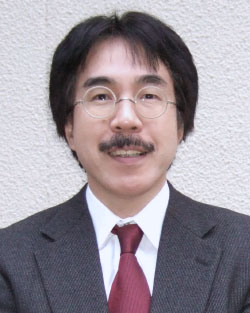
Dr. Ohkado found that children divulge memories to their mothers. Mothers considered 87% of the birth memories as real, 83% of the womb memories, and 69% preconception memories. On the other hand, children sense that their fathers would not take them seriously. He proposes that popularizing knowledge about children’s memories would positively influence father-child relationships.
He published his findings, “Children’s Birth, Womb, Pre-life, and Past-Life Memories: Results of an Internet-Based Survey” in the Journal of Prenatal and Perinatal Psychology and Health.
Rebeccah Slater, PhD (UK)
In 2015, an infant-pain study at Oxford University confirmed that newborns are up to 4 times more sensitive to pain than adults. Fourteen researchers, led by Dr. Rebeccah Slater, tested 10 babies between 1 and 6 days old.
Dr. Slater said, “Some people have argued that babies’ brains are not developed enough for them to really ‘feel’ pain, any reaction being just a reflex—our study provides the first really strong evidence that this is not the case.”
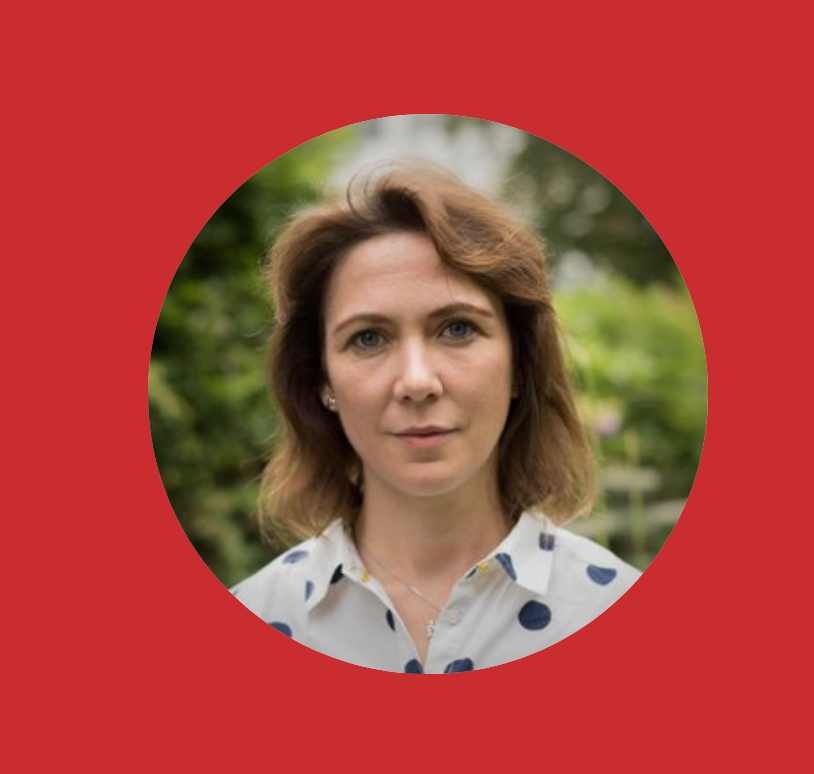
Ian Stevenson, MD (USA)
As founder and director of the University of Virginia’s Division of Perceptual Studies, child psychiatrist Dr. Stevenson became known for his research into reincarnation. He traveled extensively over a period of forty years, investigating 3,000 cases of children who claimed to remember past lives.
Dr. Stevenson was the author of fourteen books on reincarnation. His major work was the 2,268-page, two-volume Reincarnation and Biology: A Contribution to the Etiology of Birthmarks and Birth Defects (1997). This reported two hundred cases of birthmarks and birth defects that seemed to correspond in some way to a wound on the deceased person whose life the child recalled.
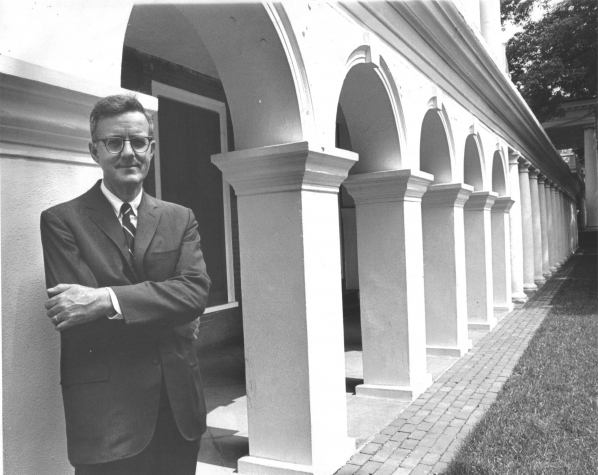
Jim B. Tucker, MD (USA)
Dr. Tucker is a child psychiatrist and professor of psychiatry and neurobehavioral sciences at the University of Virginia. He is Director of the University’s Division of Perceptual Studies, where he continues the work of Dr. Ian Stevenson with children who report past-life memories. Dr. Tucker worked with Dr. Stevenson for several years before taking over the research upon Dr. Stevenson’s retirement in 2002.
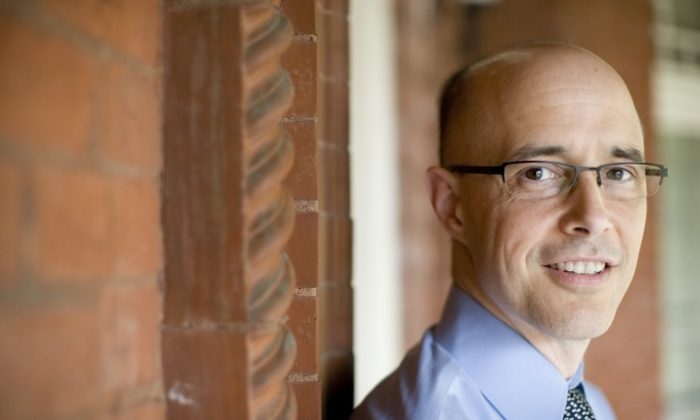
Dr. Tucker, who was raised Southern Baptist, had never seriously considered the possibility of past lives before reading one of Dr. Stevenson’s book. He became intrigued both by the children’s past-life memories and by the prospect of studying them using an objective, scientific approach. He has now published two books and numerous papers in scientific journals. He has spoken before both scientific and general audiences and has made a number of television appearances, including Good Morning America, Larry King Live, and CBS Sunday Morning.

Doctors Talking to Babies is Revolutionary
by Elizabeth Carman
Babies Are Cosmic showcases medical doctors and psychologists who communicate with babies during pregnancy, labor, or after birth. Their mindful practices invite us to see beyond the accepted medical dogma and myths.
Here is information about the work of pioneers who understand that babies, from conception to birth, deserve the respect, gentleness, and understanding we bestow on an esteemed guest who has arrived after a long and arduous journey.
Françoise Dolto, MD, France (1908–1988)
Dr. Françoise Dolto, a pediatrician and child psychiatrist, made a number of original contributions to the understanding of neonatology, psychosis, female sexuality, education, and religion.
A mother of three children and author of 30 books, Dr. Dolto experienced that even newborn babies are conscious beings who are responsive to communication and are ready to understand and collaborate.
At the age of 8 after being misunderstood and mistreated by adults, Françoise promised herself to become a “doctor of child-rearing” [a pediatrician]. She wanted to help parents educate and understand their children. She said it was important that parents tell their babies the truth in order to affirm what the babies already know.
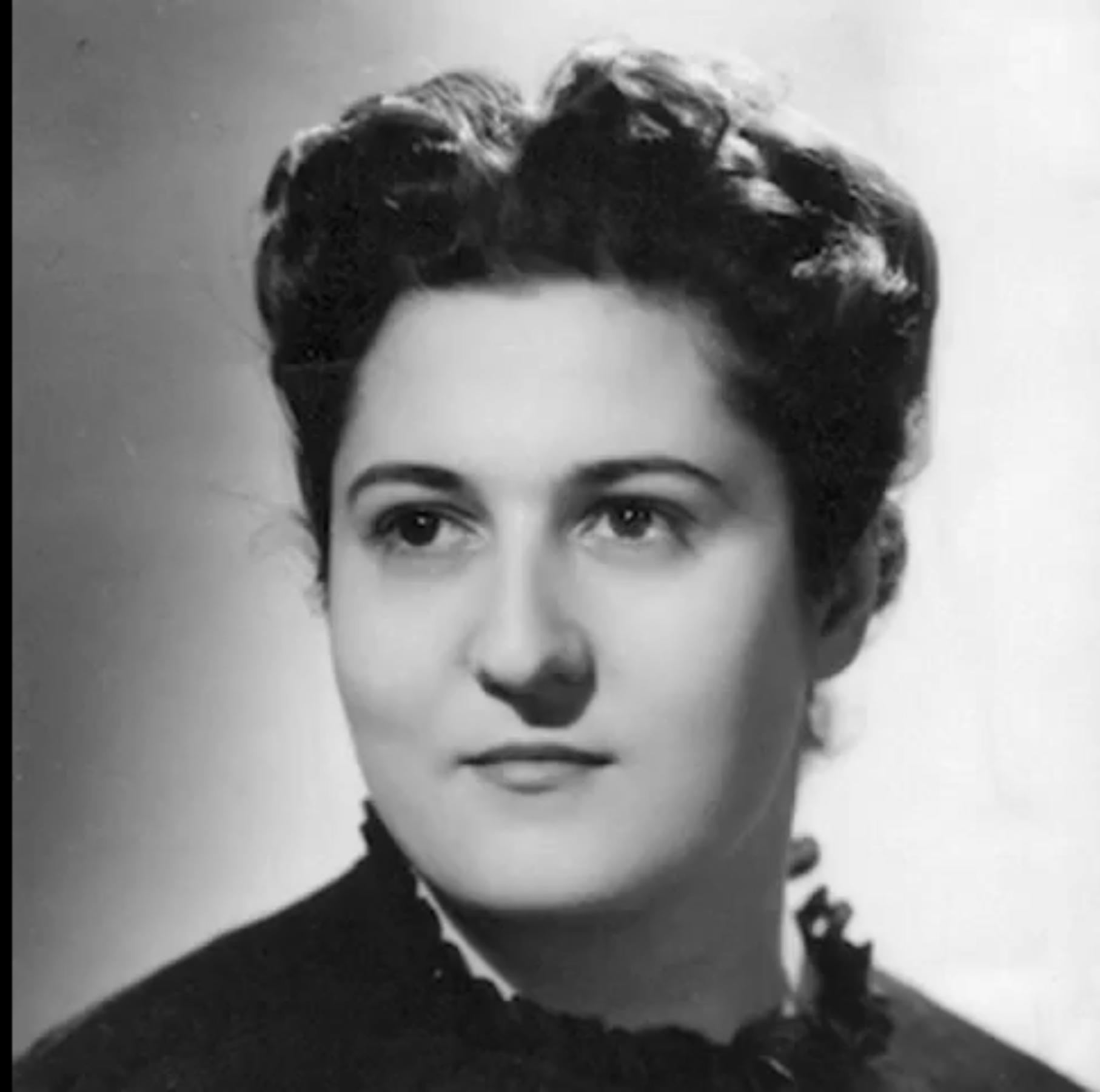

Her assertion that babies are rational is based in part on her own memory of how she had seen the world as a child, “And I used to wonder, having once been small and having grown up, how people could be so strange since they had been children. And I said to myself, ‘When I’m big, I’ll try to remember what it’s like to be small.’”
Gladys McGarey, MD, (USA)
Dr. Gladys McGarey is the founder of the American Holistic Medical Association, obstetrician, and has been a family physician for over sixty-five years. Beginning in the 1970s, she pioneered the concept of prebirth communication. Dr. Gladys, as she is affectionately known, inspired mothers to have a respectful attitude toward babies and to talk to babies in the womb and become receptive to impressions and communications coming from their babies. Dr. McGarey believes that maternal communications can offer an alternative to medical abortions in some cases of an untimely pregnancy. She considers abortion from the viewpoint of the child’s soul, which she maintains is aware and telepathic and has some power of choice. She wrote, “In all the struggles between the pro-choice and pro-life factions, no one seemed interested in what the child thought.” She contends that family planning may be a mutual process, with the child-to-be playing an important part in the arrangements.
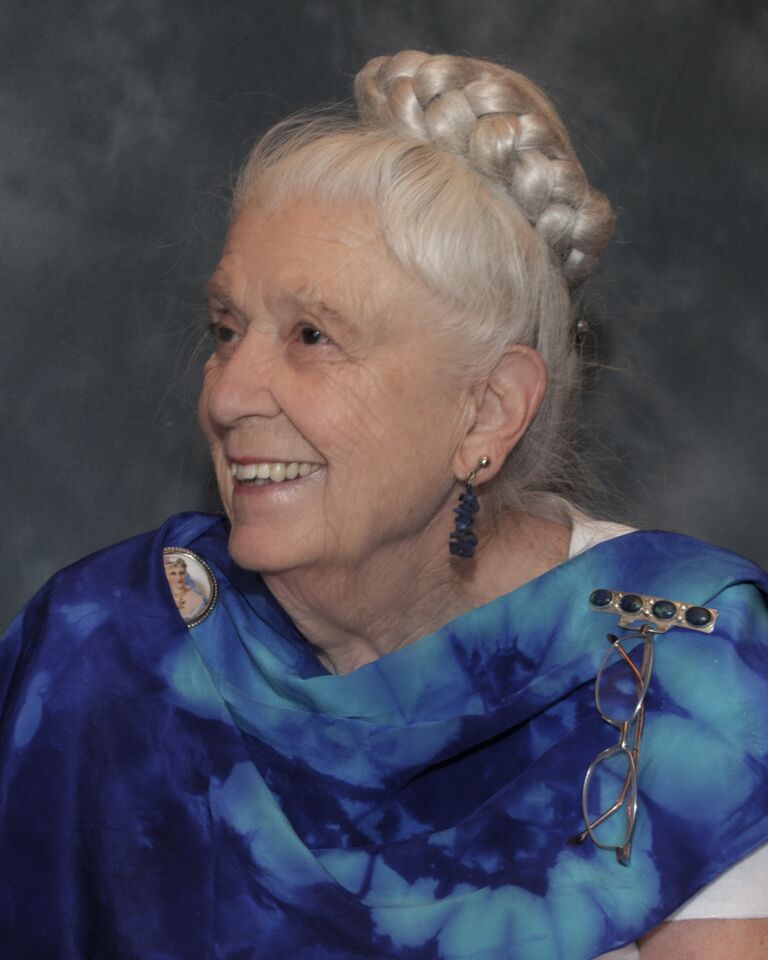
William R. Emerson, PhD, (USA)
Dr. Emerson is among the first to develop to design and implement techniques to diagnose and treat birth trauma in babies and children. He discovered that prenatal and birth traumas are stored in the body, and therefore can be diagnosed and treated by somatic methods.
Babies and children can’t access traumas by talking about them, but they can by experiencing the traumatic pressures in their bodies. Traumas can be gently re-stimulated and babies and children feel very safe during treatment. He found universal body patterns to diagnose specific prenatal and birth traumas.
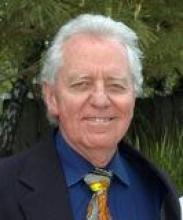
He gives an example.
A baby was born by forceps and had visible signs of head trauma, accompanied by neurologic soft signs: irritability, sensory overload, and extensive crying. During a treatment session in which I gently placed my hands near the forceps indentations, but not touching, I realized the forceps must have caused a lot of pain.
The next time the baby was in my presence, I just looked at him and said with great compassion, “Wow, those forceps must have really hurt!!” He shrieked as if hit by a lightning bolt, muted himself, looked me in the eyes with amazement and gratitude, and resumed shrieking, maintaining eye contact with me all the while.
On his fourth and final shriek, I sensed an intense and positive change in his cranial shaping. The baby stopped crying and appeared to be in deep peace. The cranial sacral therapist who had been assisting me gasped and said, “Oh my god, his cranium has normalized.” The forceps indentations were gone and so was the forceps shock. I realized that emotional catharsis can and does release shock from the body.
From that point on, I discovered all kinds of body and cranial shapes and postures that indicate unresolved shock, and allowed me to diagnose and treat shock by gently titrating and intensifying shock (trauma) postures for moments at a time.
Myriam Szejer, MD, (France)
Dr. Szejer is a practicing child psychiatrist and psychoanalyst and Paris-based president of La Cause des Bebes (The Interests of the Baby). She goes to the bedside of 2- or 3-days- old babies suffering with weight loss, agitation, and prolonged crying and speaks to them as if they were adults. She clarifies their feelings and disperses their resistance to living. Ideally she speaks to them in the presence of the parents, which helps them and the newborn find their place in the altered world created by the birth.
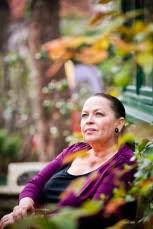
Karlton Terry, MSW, (USA)
Karlton Terry, psychologist and Cofounder of the Institute for Pre and Perinatal Education, trains practitioners and parents to recognize baby body language and understand what babies are asking for. He teaches how to permanently resolve the typical baby challenges including persistent crying, sleep issues, and bonding issues. The cure for colic lies in understanding the cause of colic, and being present for babies with the compassion of accurate empathy.
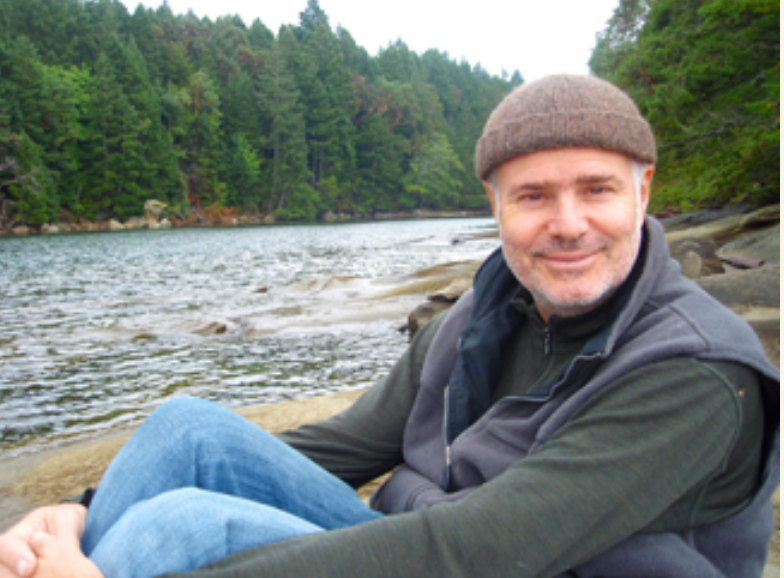
Doll Reflection Therapy is an example of his work used in cases where one twin dies in utero. The chances are that the living twin experienced prenatal shock effects due to the loss from being close together.
Evidence of a lost twin loss comes during the pregnancy and after the surviving twin’s birth and includes the following:
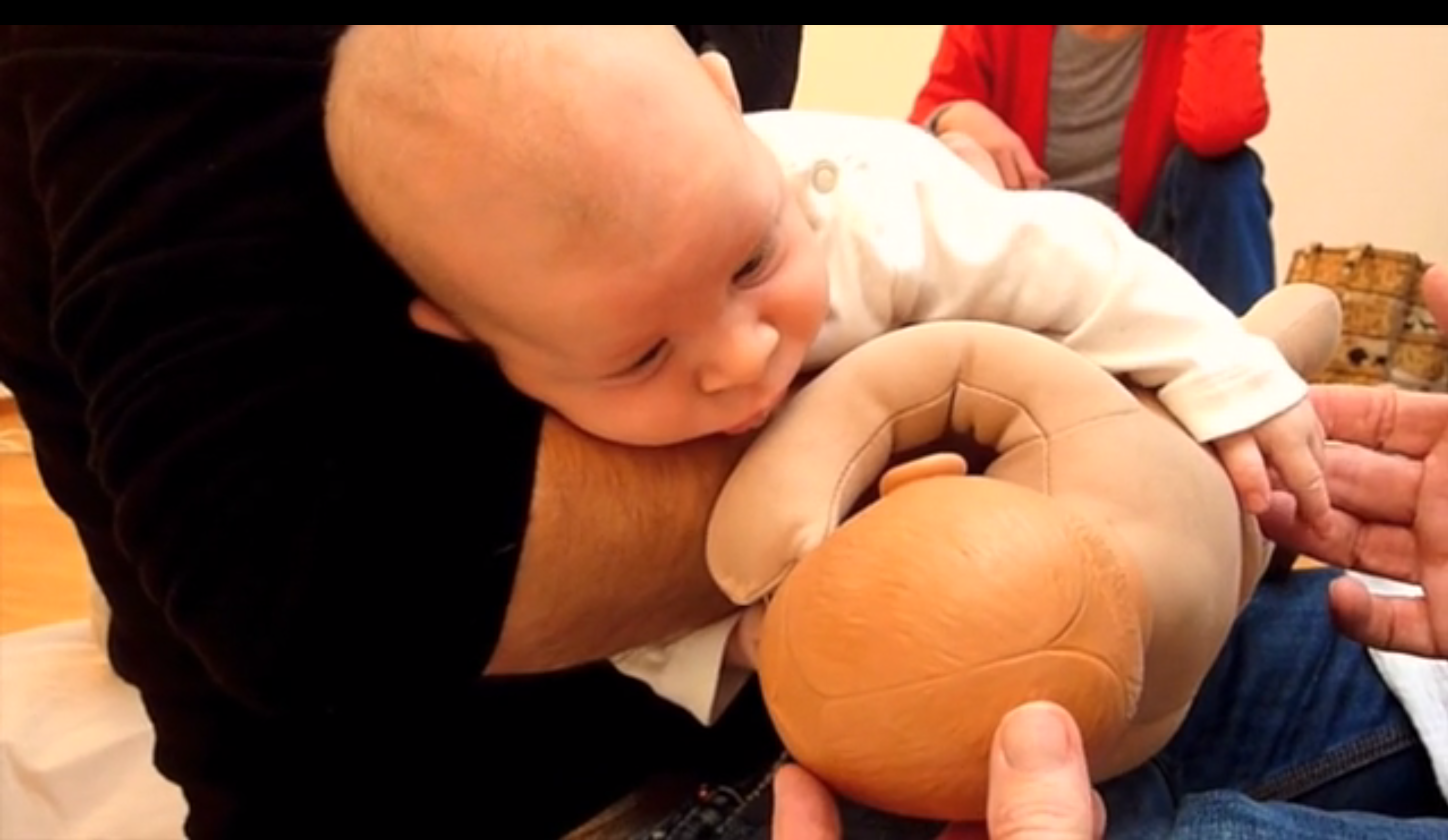
- repeatedly staring off into a particular direction, as if looking for someone;
- crying in a profound and inexplicably mournful manner; and
- expressing loving reactions to a doll as a surrogate twin, suggesting an earlier relationship. (Other babies do not react to dolls in the same manner.)
Watch this 9 minute video at http://ippe.info/movies/twin-loss-doll-reflection-therapy.html where Karlton Terry releases the emotional stress in a surviving twin using “Doll Reflection Therapy.”
Marcy Axness, PhD, (USA)
Dr. Axness is the author of Parenting for Peace: Raising the Next Generation of Peacemakers. Between teaching worldwide on prenatal/child and parent development and adoption issues, Dr. Marcy also has a private practice coaching parents-in-progress. Her clients love her compassion, sense of humor, down-to-earth approach, and helpful tools.
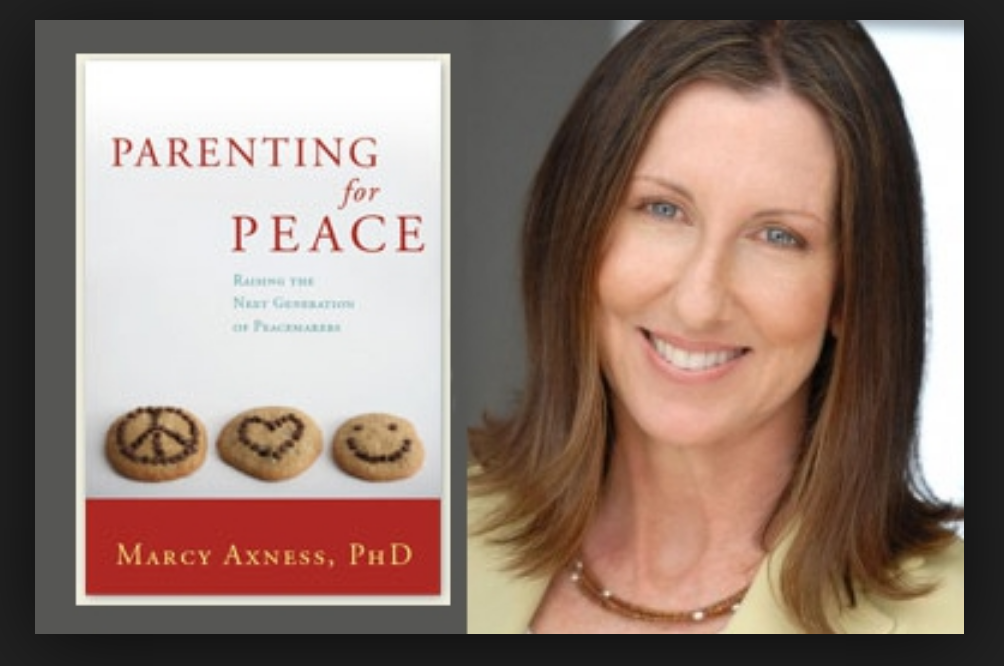
Wendy Anne McCarty, PhD, RN (USA)
Dr. McCarty is the cofounder of the Santa Barbara Graduate Institute (1999) where she taught courses in prenatal- and perinatal-oriented (PPN) therapeutic work. PPN’s primary tenet is that the unborn baby is capable of sensing, experiencing, and remembering as a conscious being, and thus stressful events may leave imprints on the baby in utero and during birth. Such events can have profound and lasting psychological effects. Dr. McCarty provides child-centered family therapy for children imprinted by early traumas. Dr. McCarty wrote

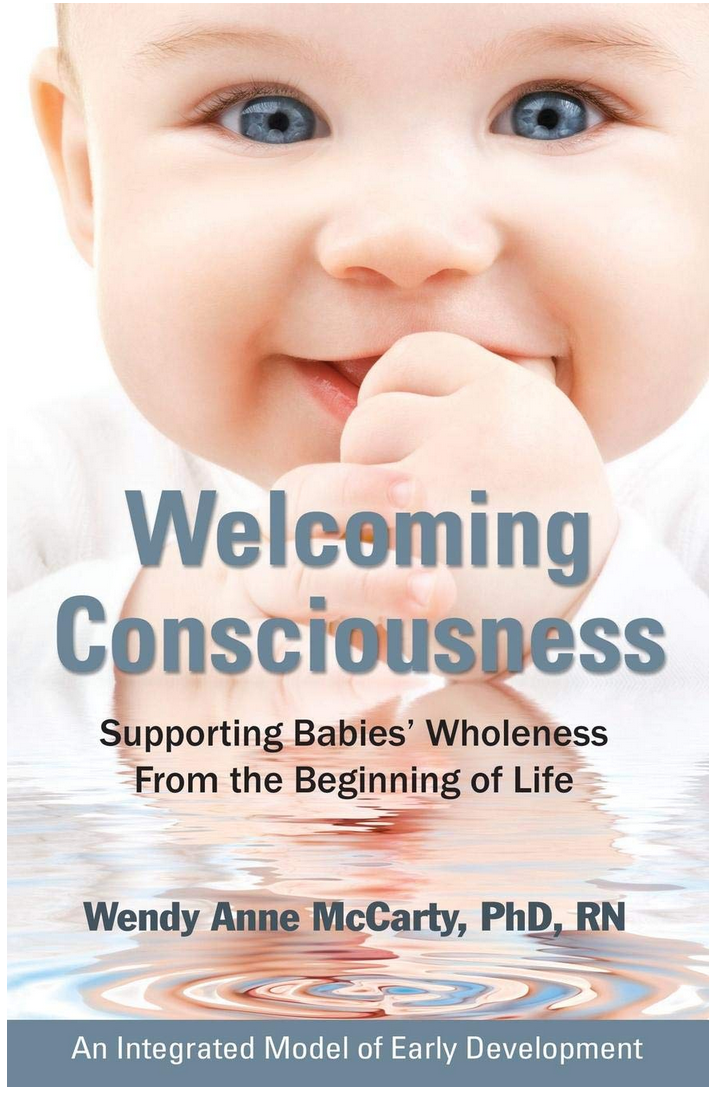
I began seeing young toddlers and children in my practice in 1989 utilizing the prenatal and perinatal psychology framework and what I was learning with William Emerson, PhD. I set my office up with 300 to 400 sand-tray objects, everything that could be a symbol of eggs, sperm, tubes, embryos, fetuses, wombs, cords, placenta, in/out games, hospital scenes, babies, family life, and everyday symbols. I had props to make tunnels and caves, large and small. I developed a mindset that everything they showed me had meaning, and my role was to hold their stories sacred and to be with the mystery of it as it unfolded, until I understood what their stories were about.
Almost every previous belief I had was challenged by what these young children were showing me. When I began to write later about this work, I titled the publications “What Babies Are Teaching Us,” for they were the ones teaching me.
Mary Jackson, RN, LM, RCST (USA)
Clients call Mary Jackson the “angel of birth.” She has been a home birth midwife since 1975. She has attended over 2,500 births and is now attending the home births of her second generation of babies. She has been featured in 11 books and 5 movies. With over 40 years of home birth experience, Mary has developed a tremendous trust for what women's bodies are designed to do.
Mary is also a certified Castellino Process Workshop Leader and co-teaches the Castellino Pre and Perinatal Training. In the first year after incorporating these pre and perinatal approaches in her midwifery practice her home-to-hospital transfer rate went from 20% to 6%. Mary is participating in cutting edge research about imprints that occur around the time of conception, pregnancy, and birth and how they affect us the rest of our lives and what it takes to heal from challenges in these experiences.
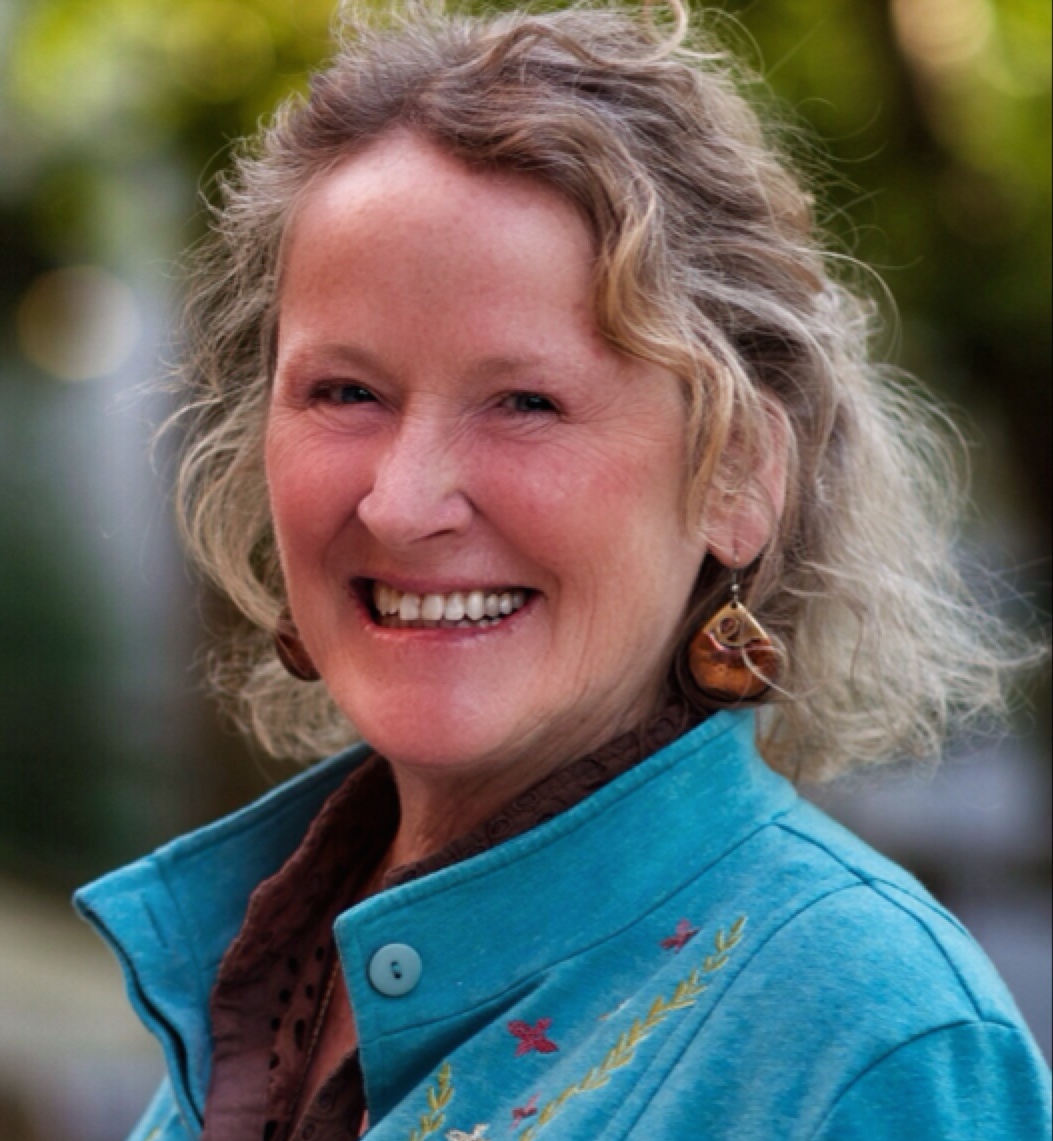
She is a frequent speaker at national and international conferences and leads trainings throughout the world.
Watch a video where Mary shares an example of healing work with babies and children in “The Consciousness of Infants.” (start at .52).

Nitika Sobti, MD, New Delhi, India
Dr. Nitika Sobti is a medical doctor working as a gynecologist and obstetrician. She is trained in Advanced Laparoscopic surgery apart from managing high-risk obstetrics. She is an APPPAH-Certified Birth Psychology Educator who helps expecting parents explore the earliest development of their child. Her special interest lies in teaching expectant parents to create the most positive and safe pregnancy and childbirth, made possible by her project named “Virtue Baby.”
Virtue Baby was first conceived in 2013. Through Dr. Sobti’s experiments in spirituality and its scientific application during pregnancy, she discovered that the mother’s thoughts and emotions have immense power in influencing the personality of the child. She applied her findings on her patients and after successful evidence decided to launch the Virtue Baby project to benefit all wannabe mothers, pregnant women, couples and parents across the world during conception, pregnancy, and childbirth.
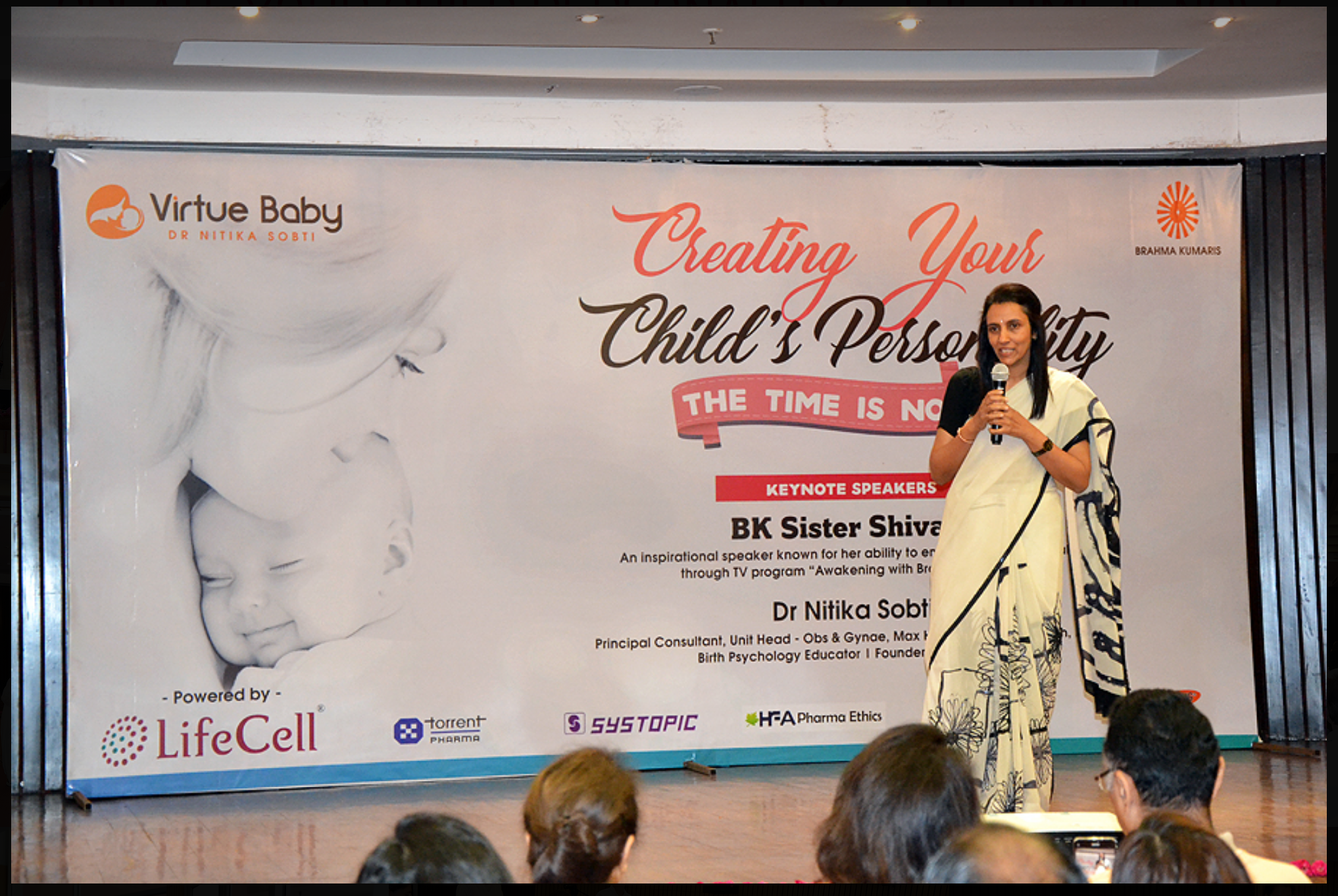
Thus, Virtue Baby stands for holistic care of a mother’s thoughts and feelings that create hormones which are responsible for baby’s overall physical and emotional development and a long-lasting effect on the child’s personality.
The Virtue Baby program includes:
Virtue Storybook—Reading stories to introduce moral values into your child within the womb
Virtue Scrapbook—all for baby, a chit chat book for parents to express their feelings and capture the moments to celebrate the most memorable nine months of their life
Womb Conversation Book—Forming a divine connection with your baby before birth: how you can do it yourself, when does it develop, and how it works
Relaxation Videos—For expecting mothers to stay calm and pass positive vibes to their child within the womb
Meditation Commentaries—To connect with the divine and imbibe virtues within yourself and your baby
Yoga and Physiotherapy—To encourage relaxation ensuring easy pregnancy and labor
Gerhard Schroth, MD, (Germany)
The cases of 7,000 pregnant mothers using a prenatal healing method called Bindungsanalyse (BA) have been researched and evaluated since 1995. BA is also called Prenatal Bonding and was created by Hungarian psychoanalysts Jenő Raffai and Gyorgy Hidas. Dr. Gerhard Schroth, a psychiatrist and psychoanalyst with 40 years experience, is carrying on their work.

Studies show the following results when pregnant women used Prenatal Bonding techniques:
